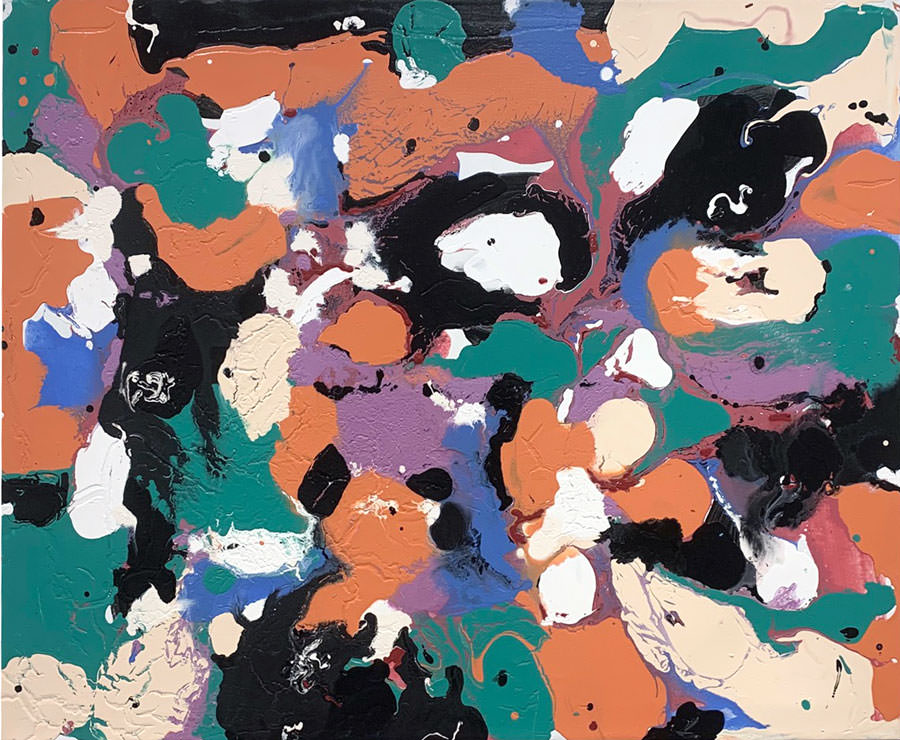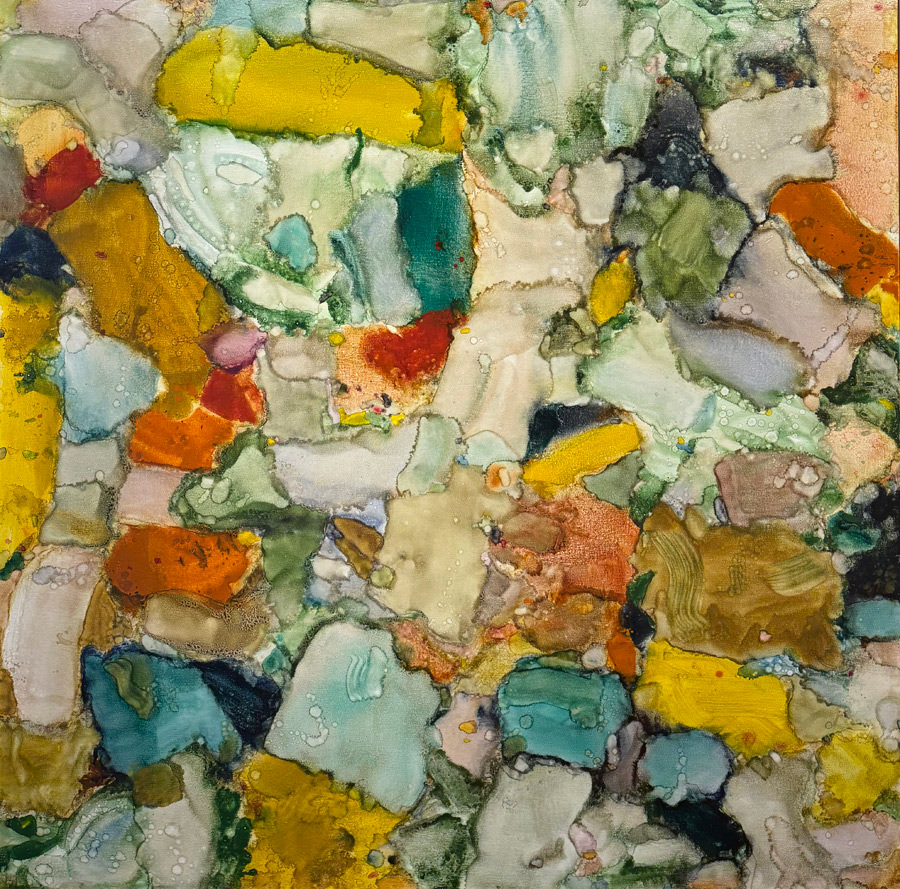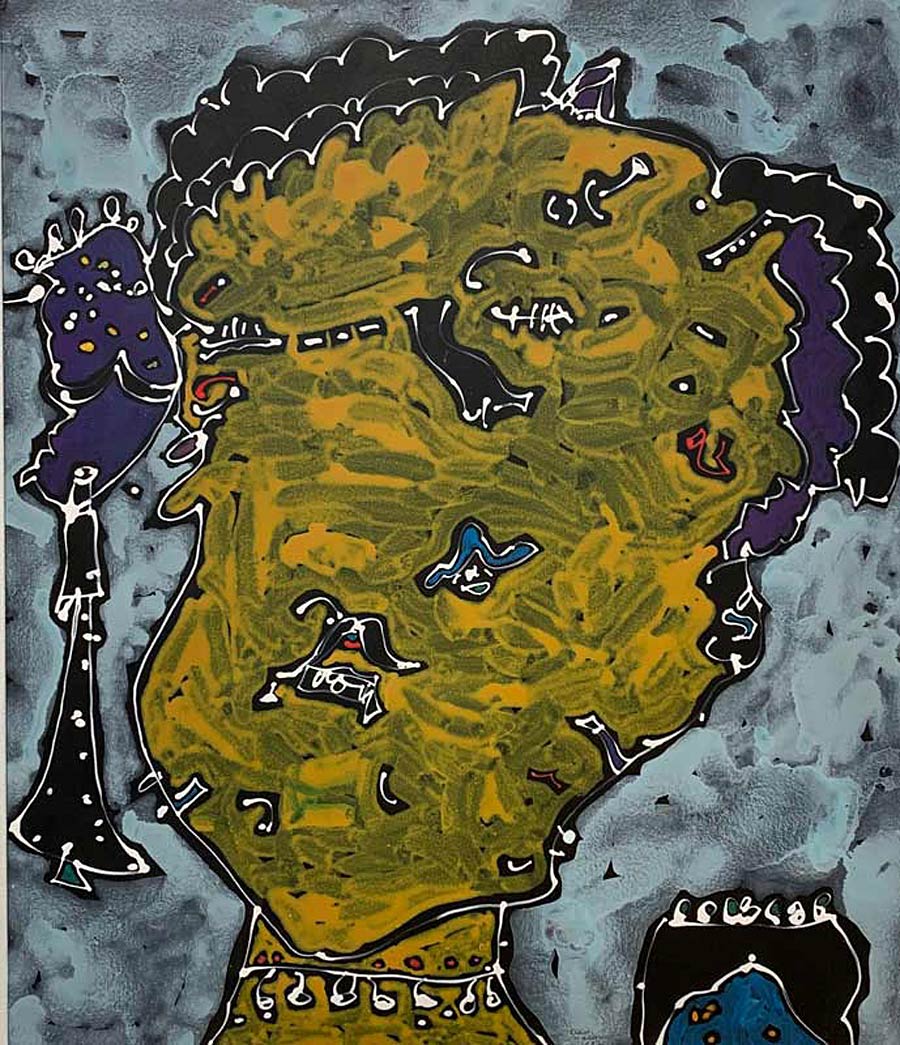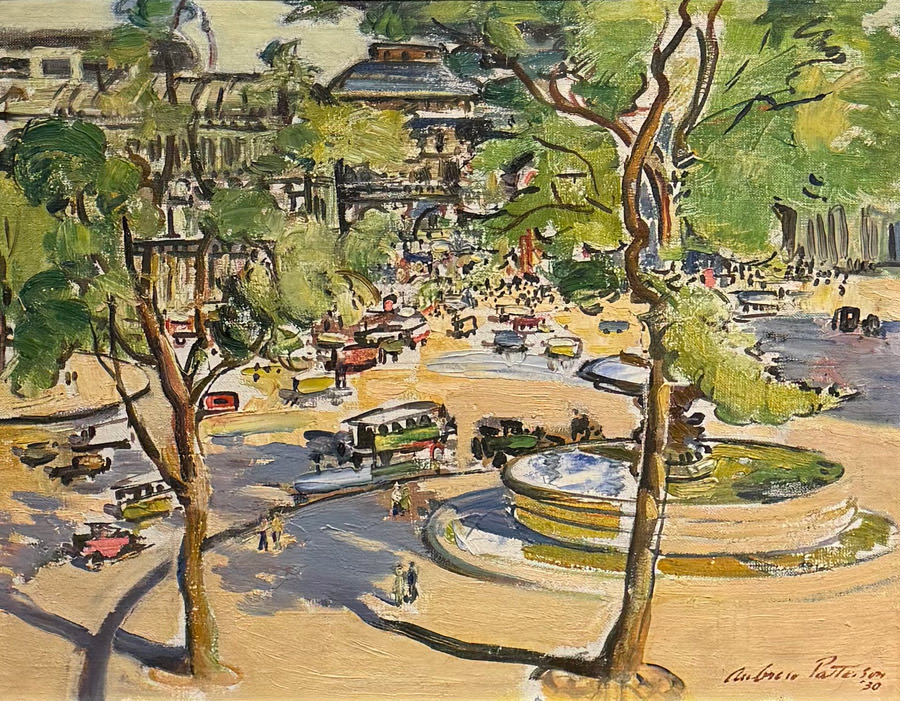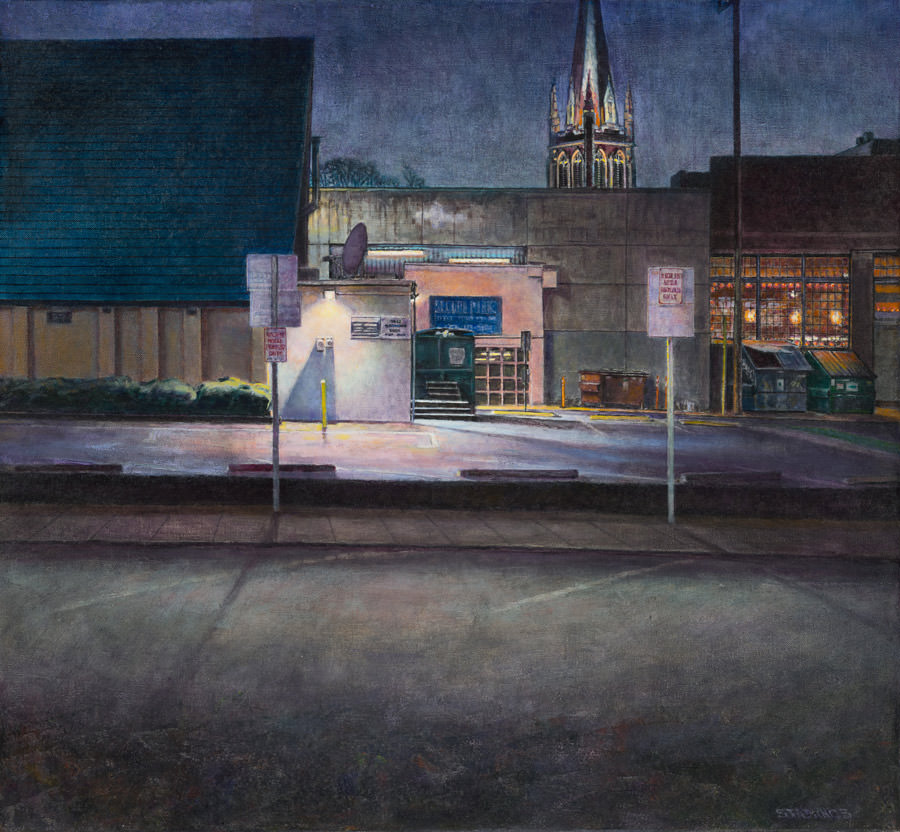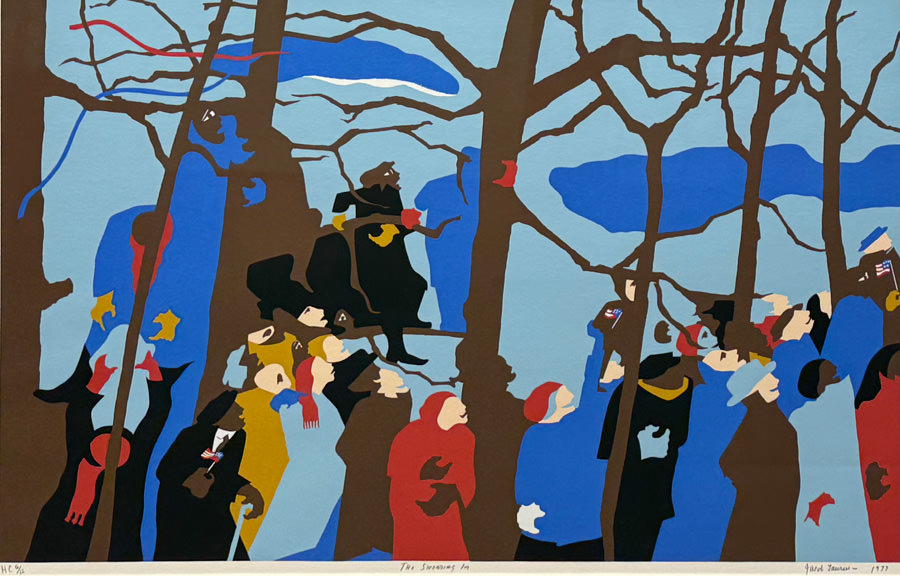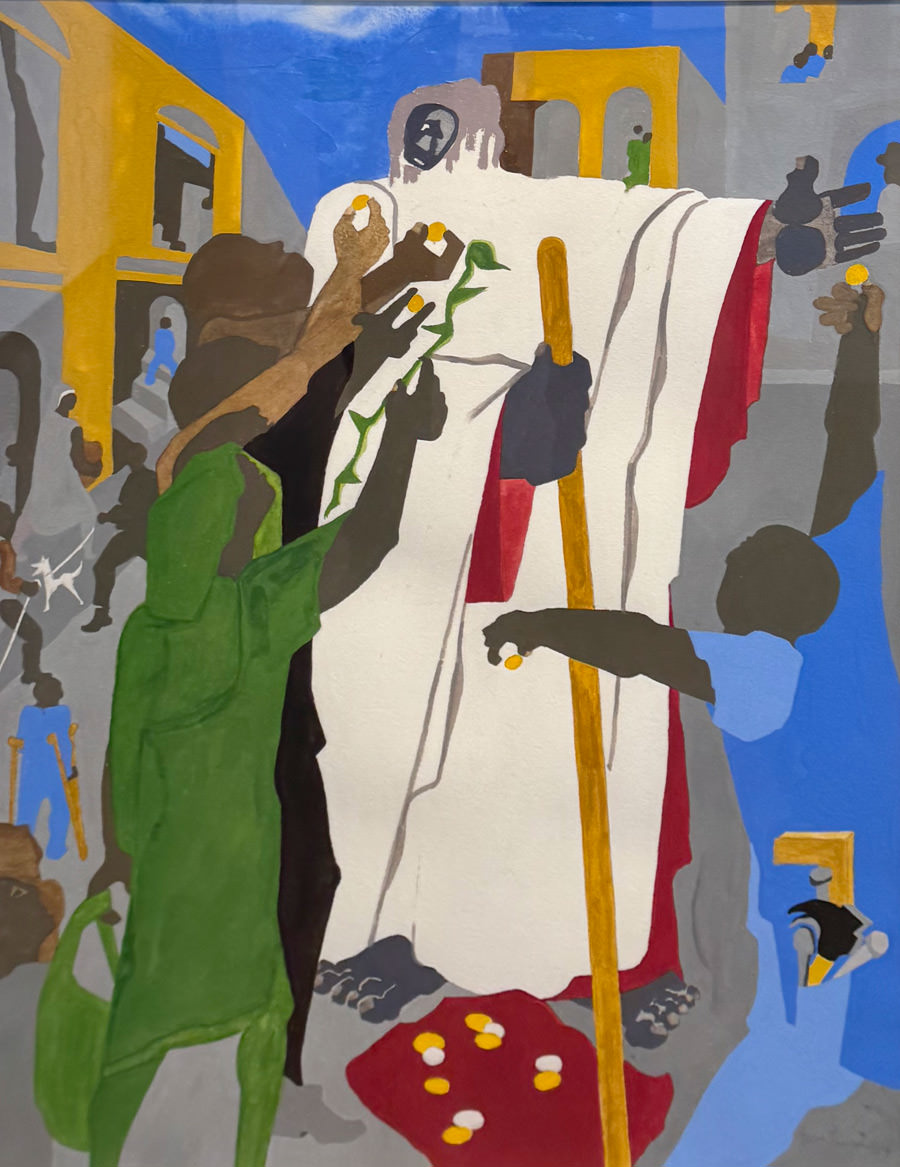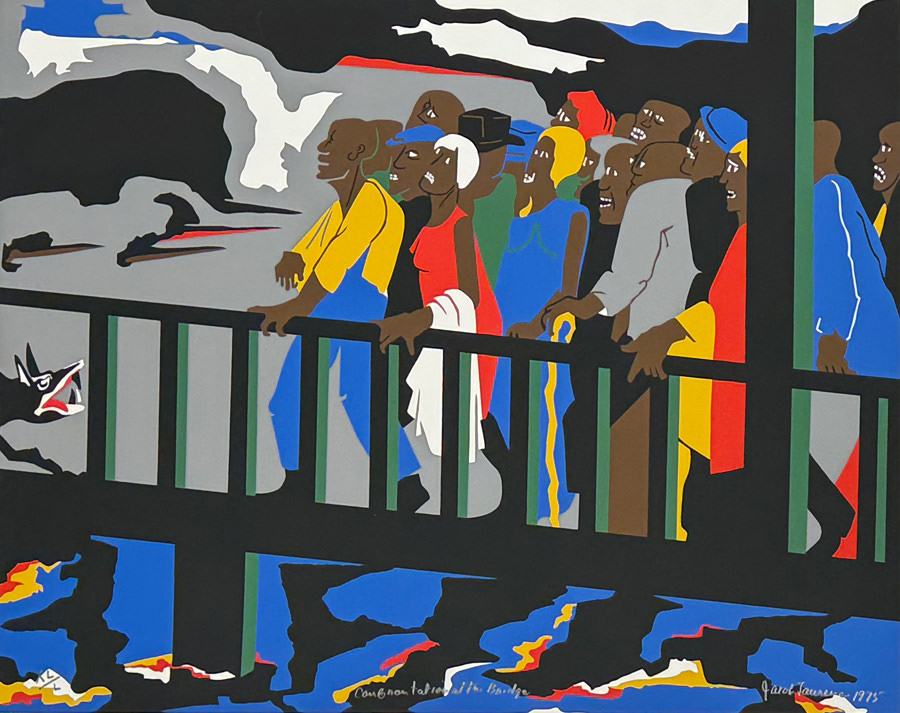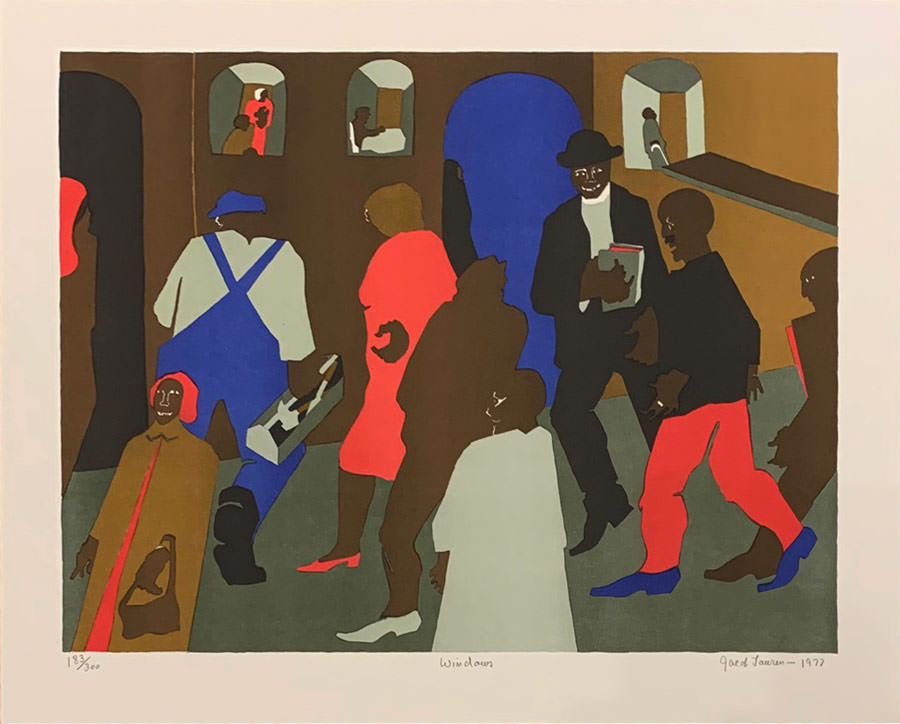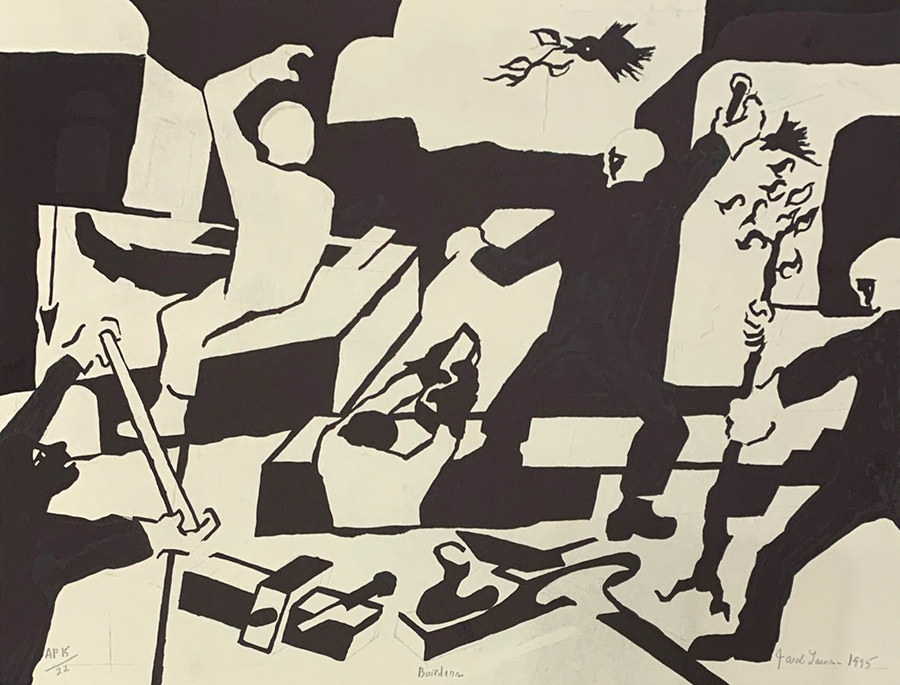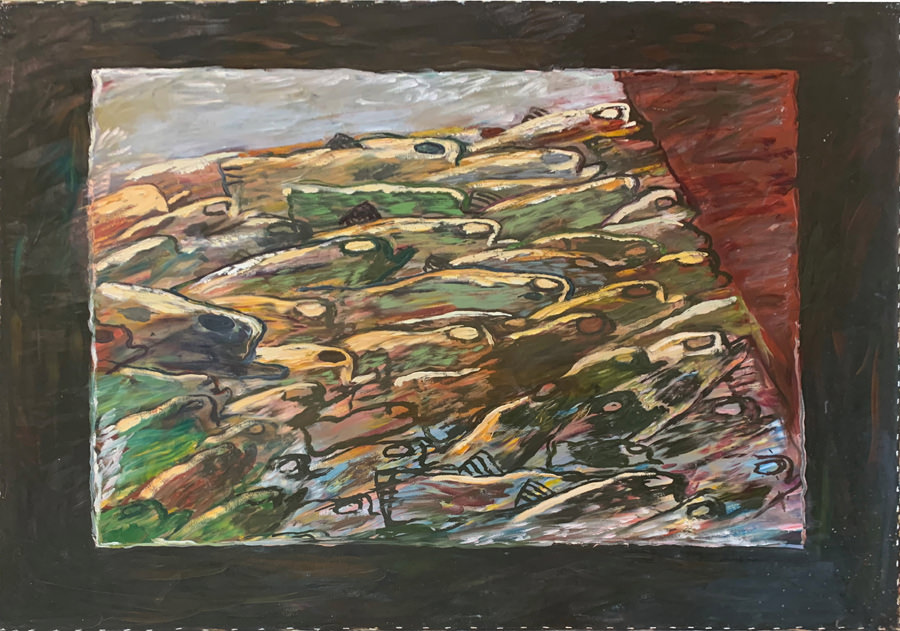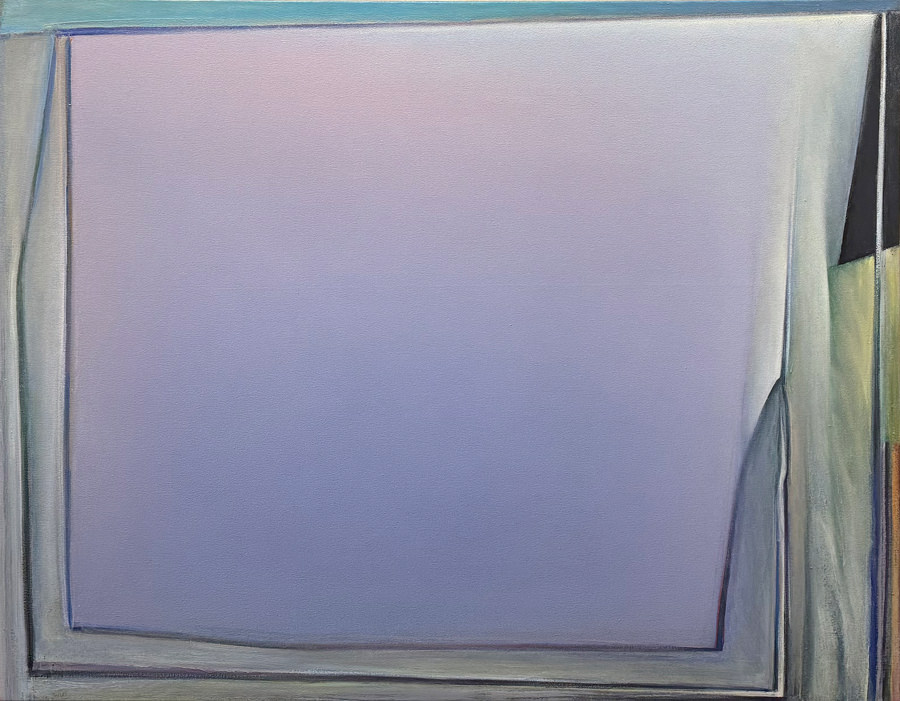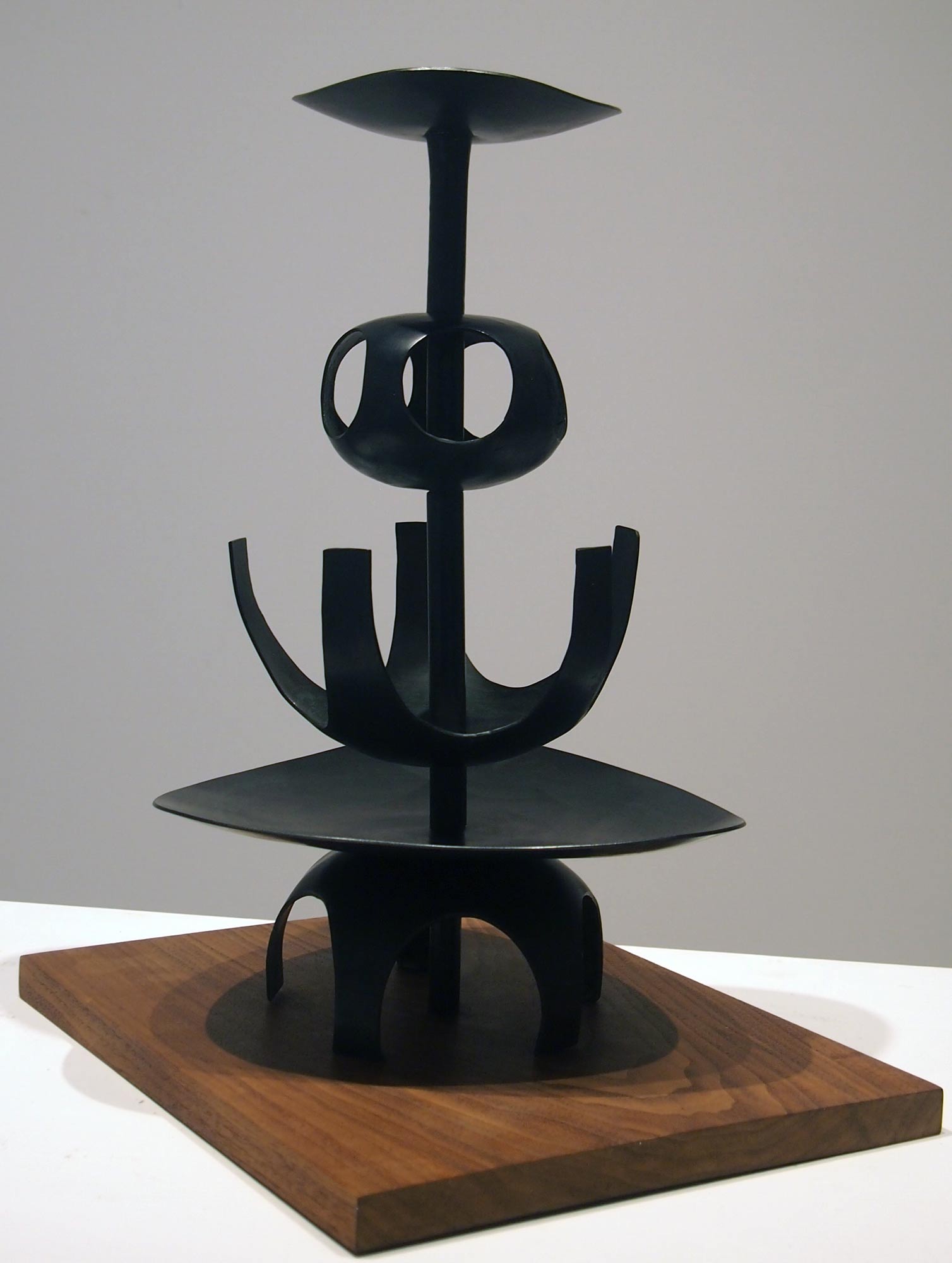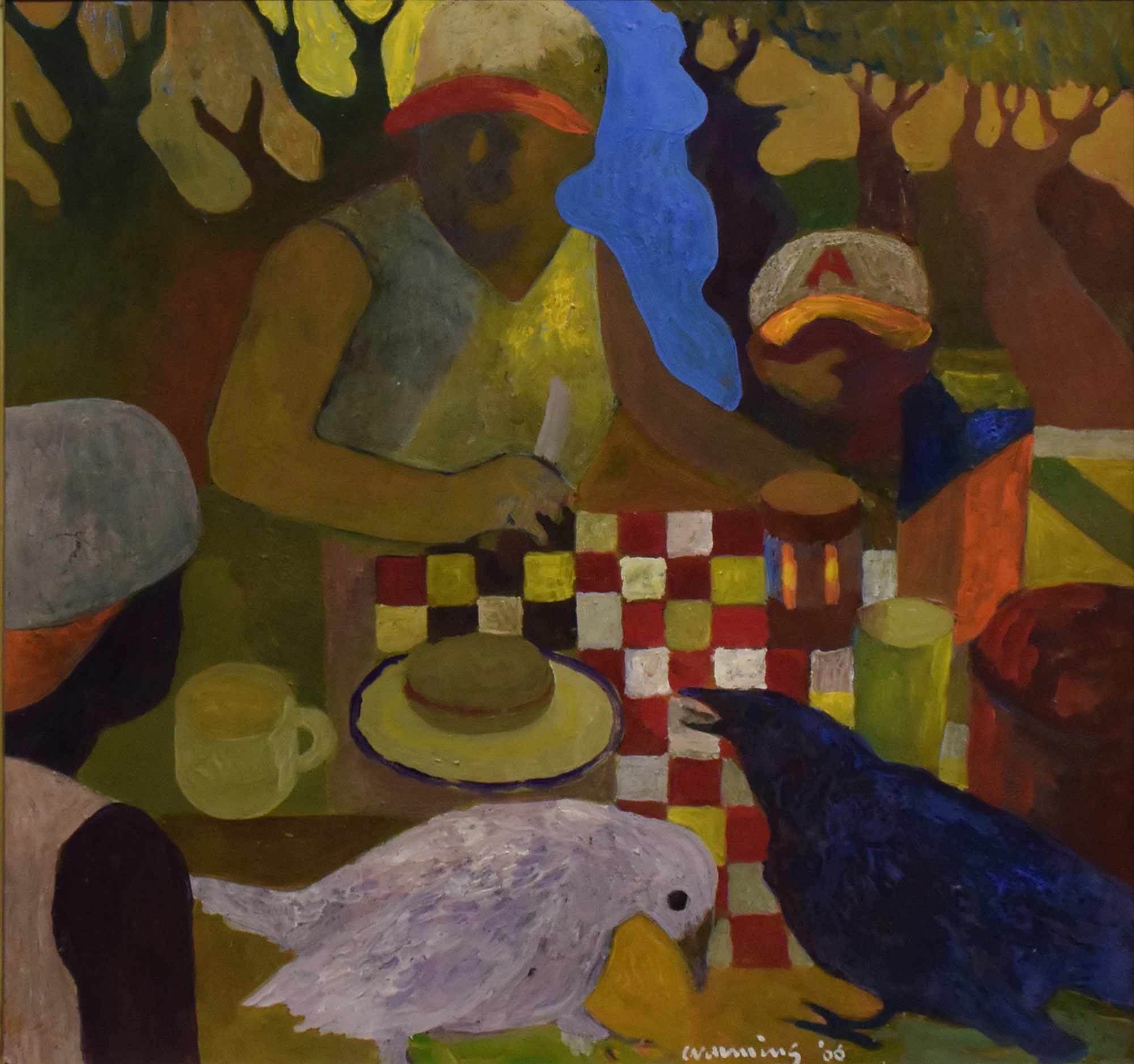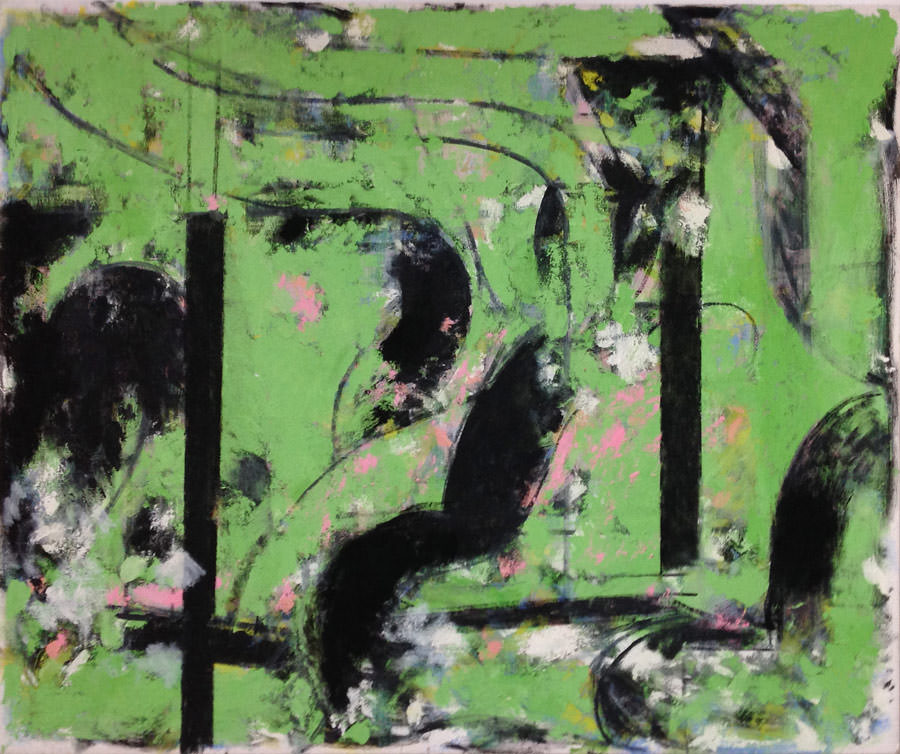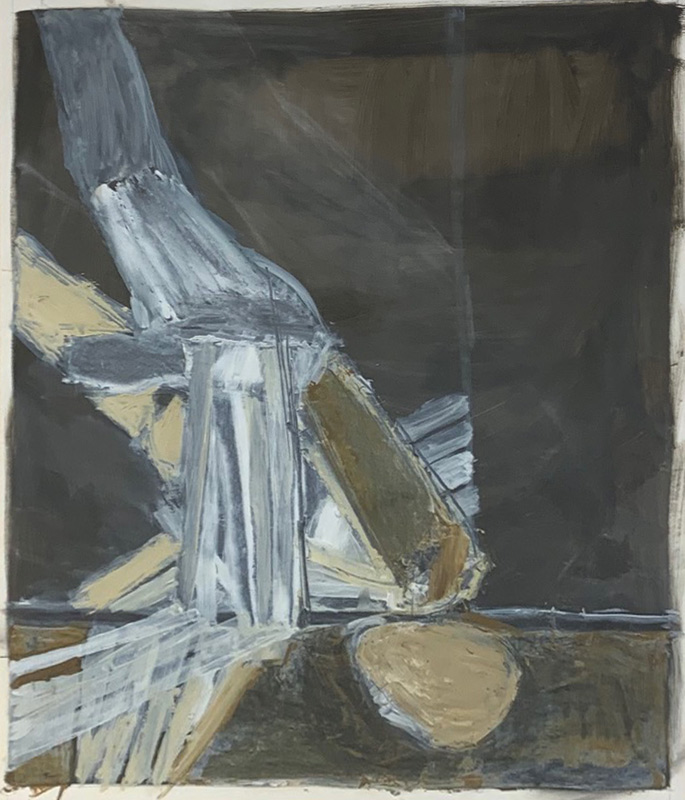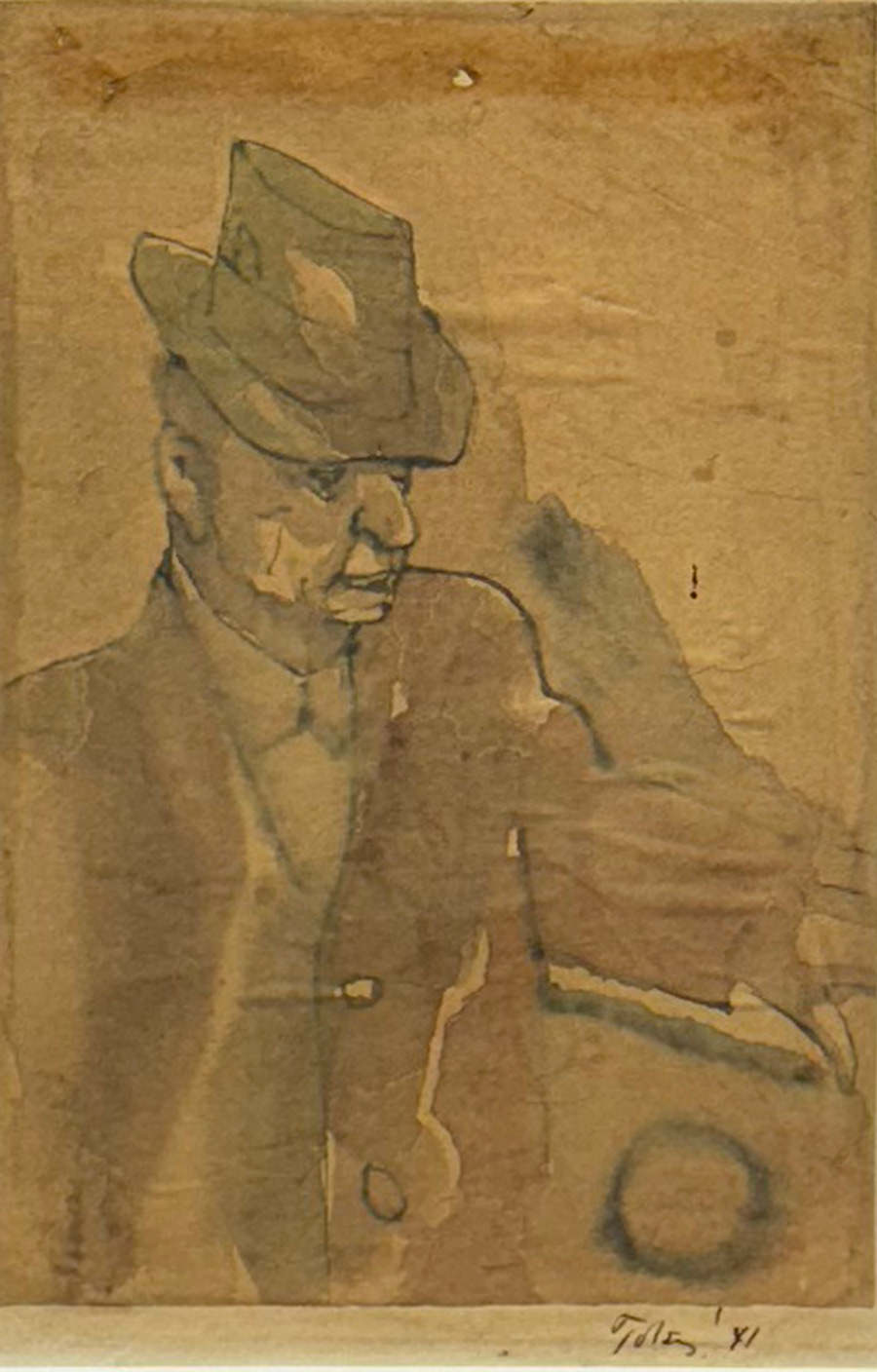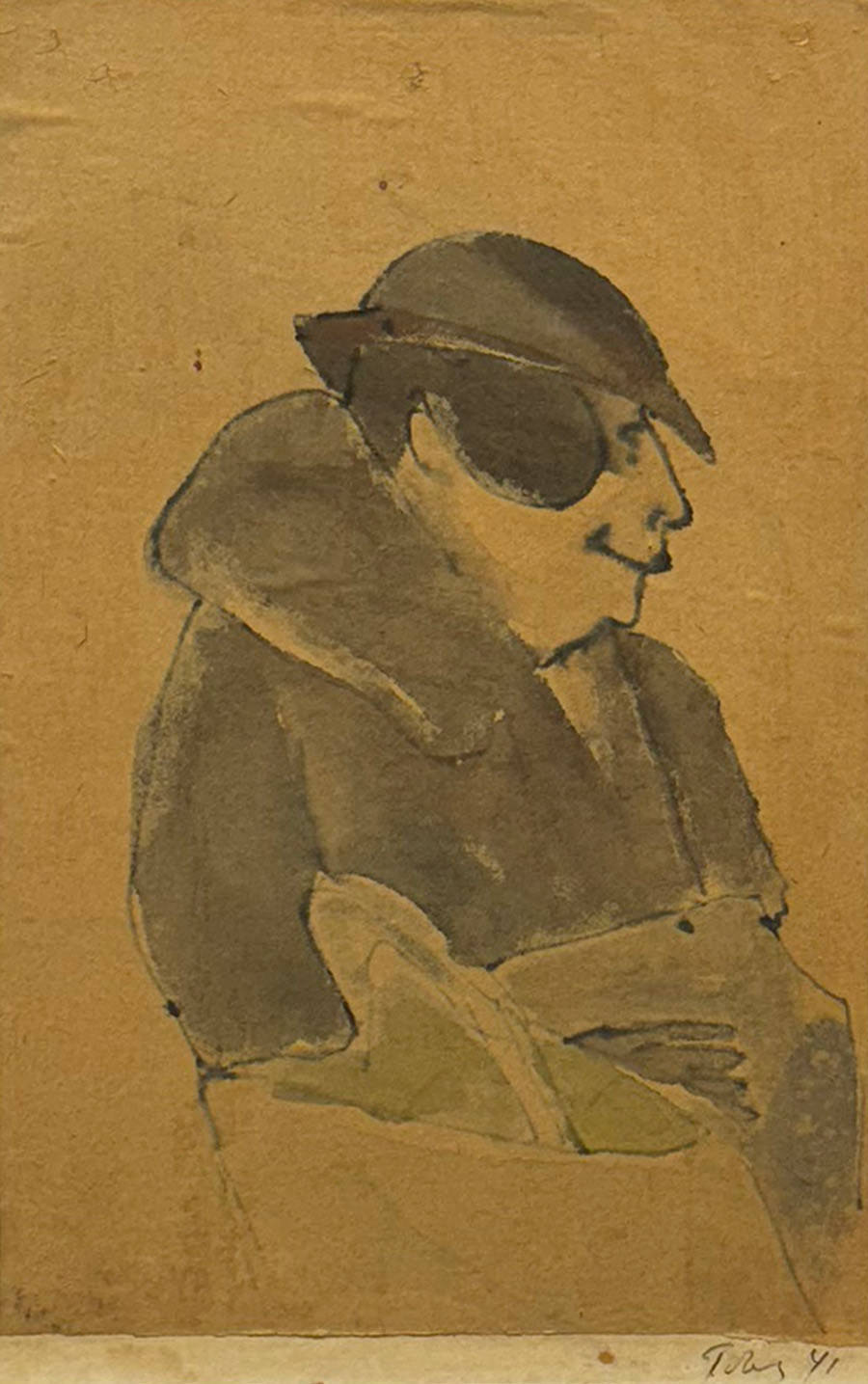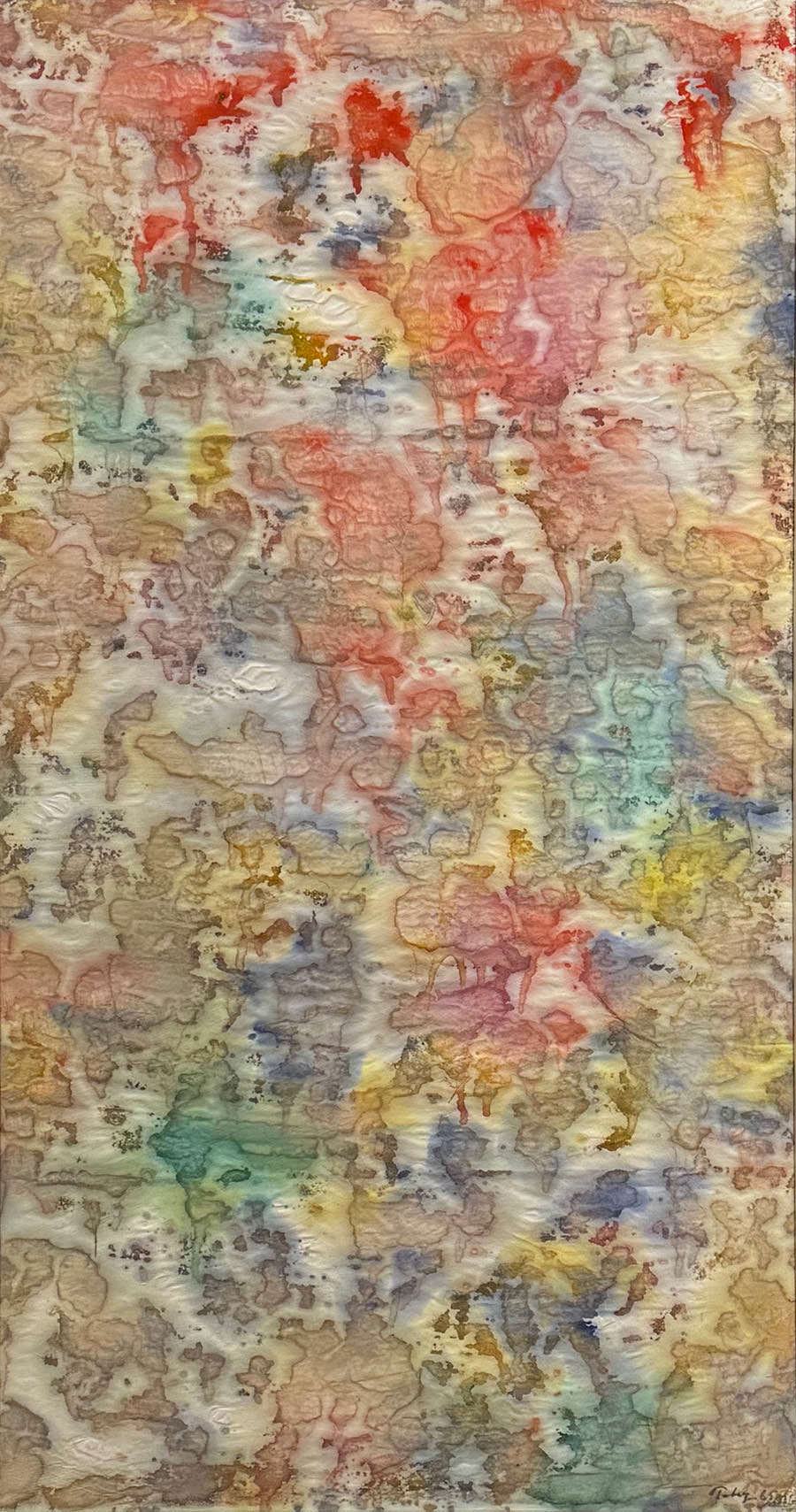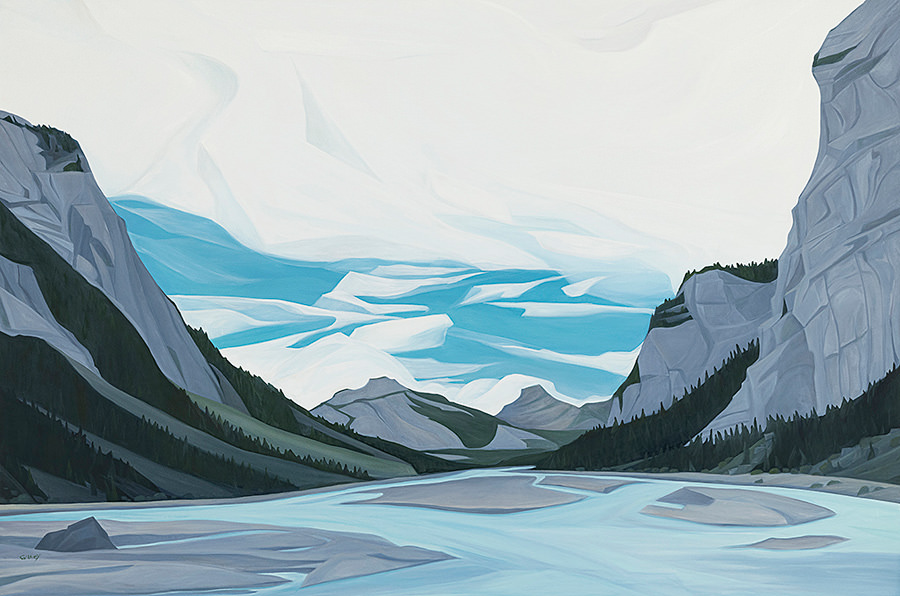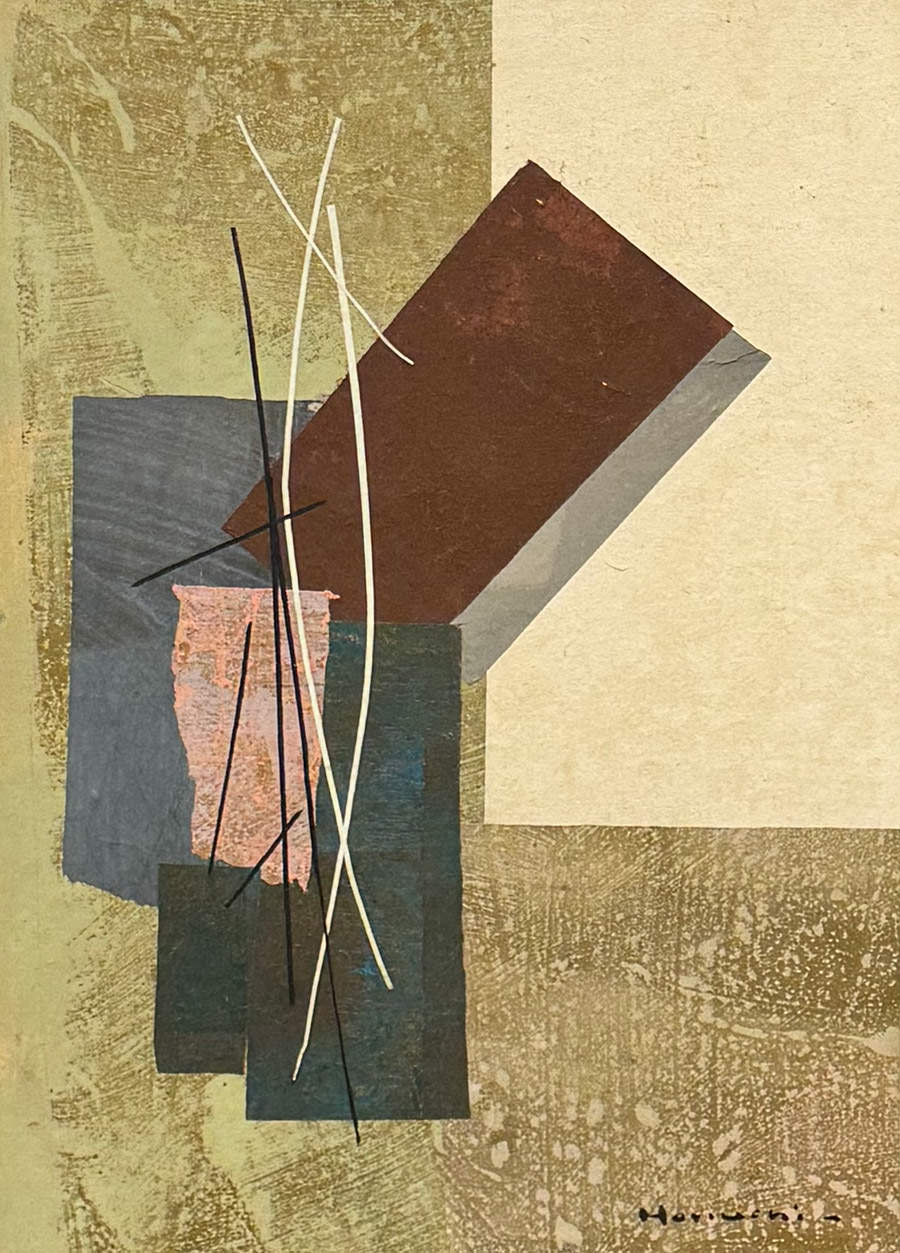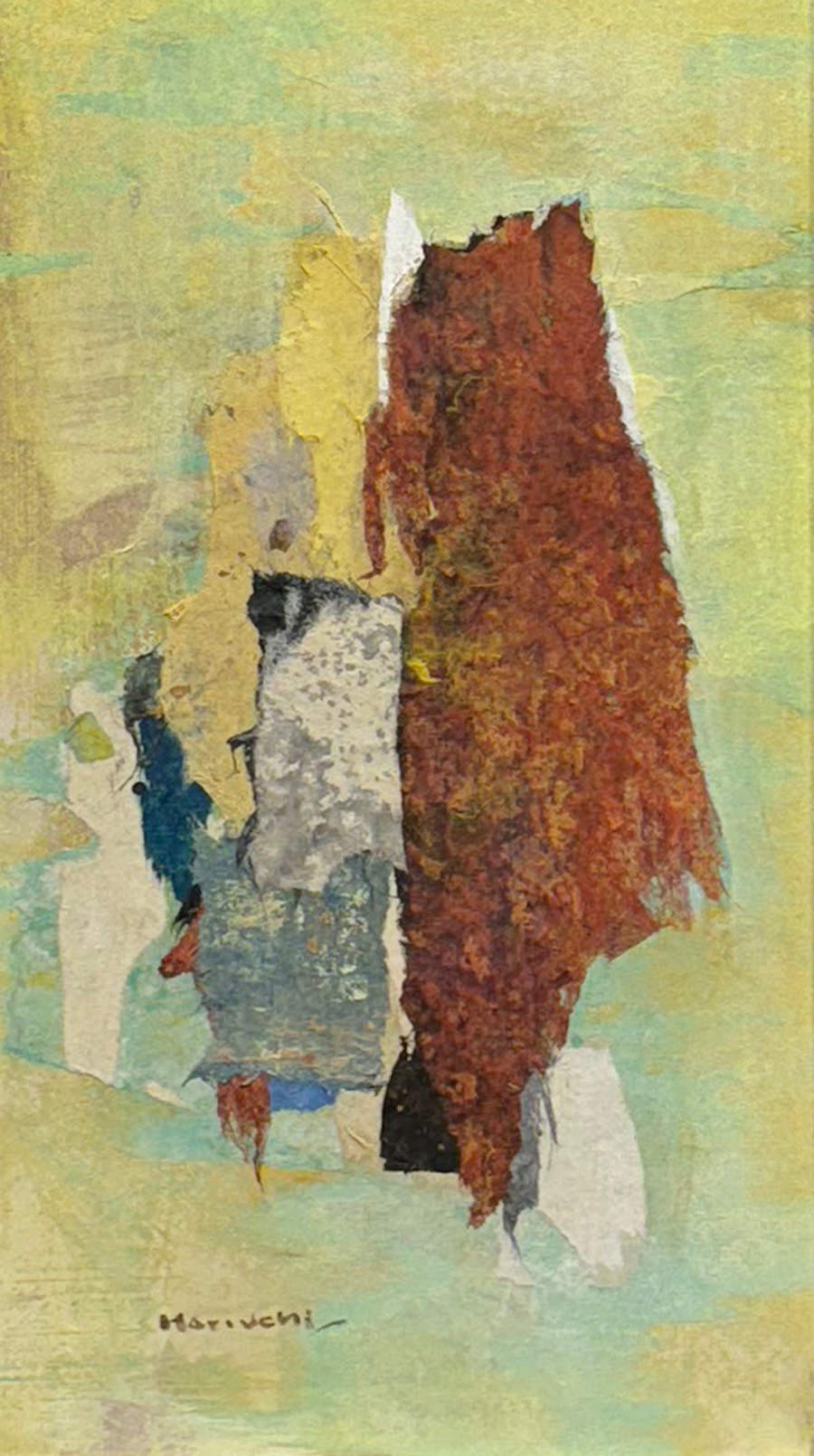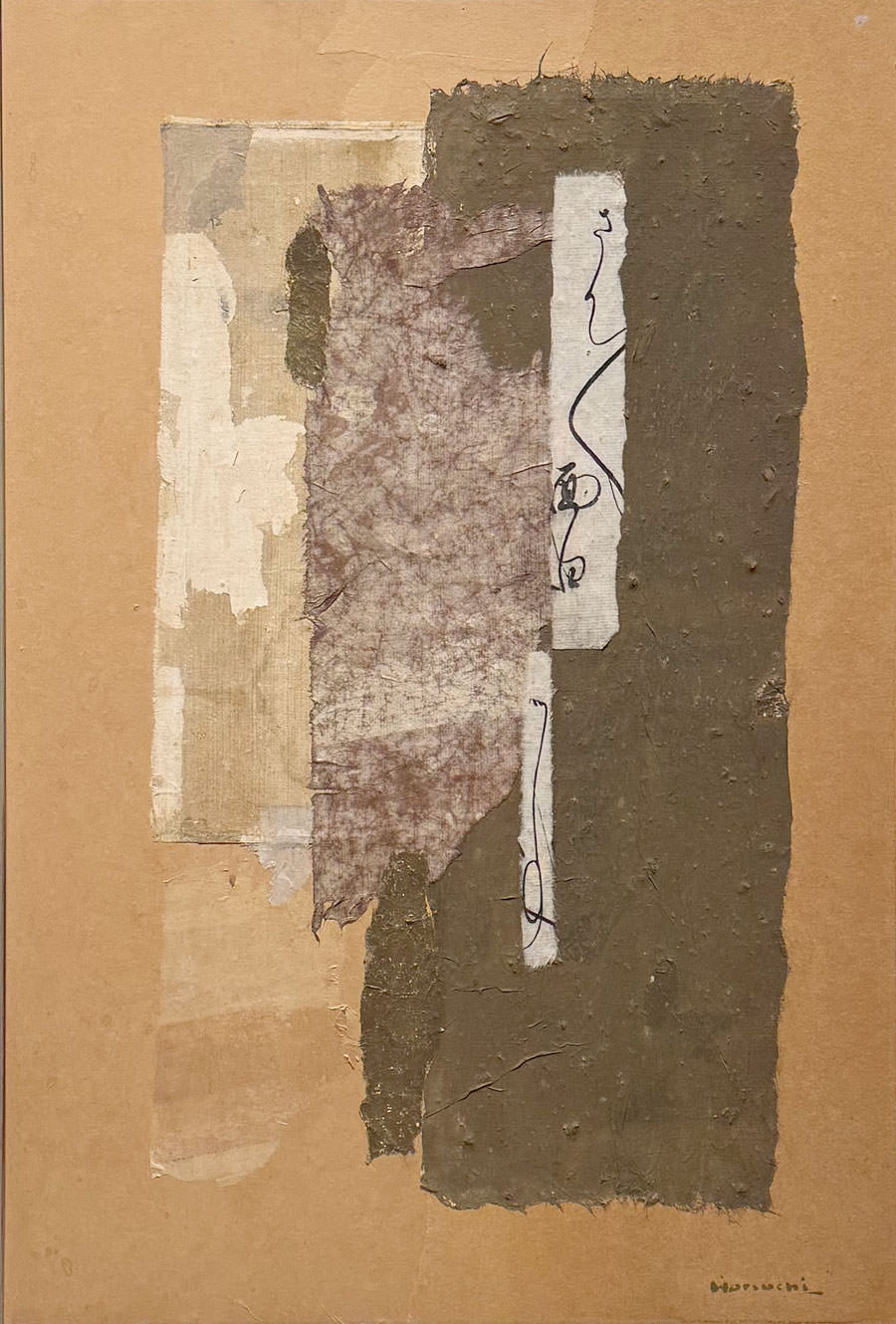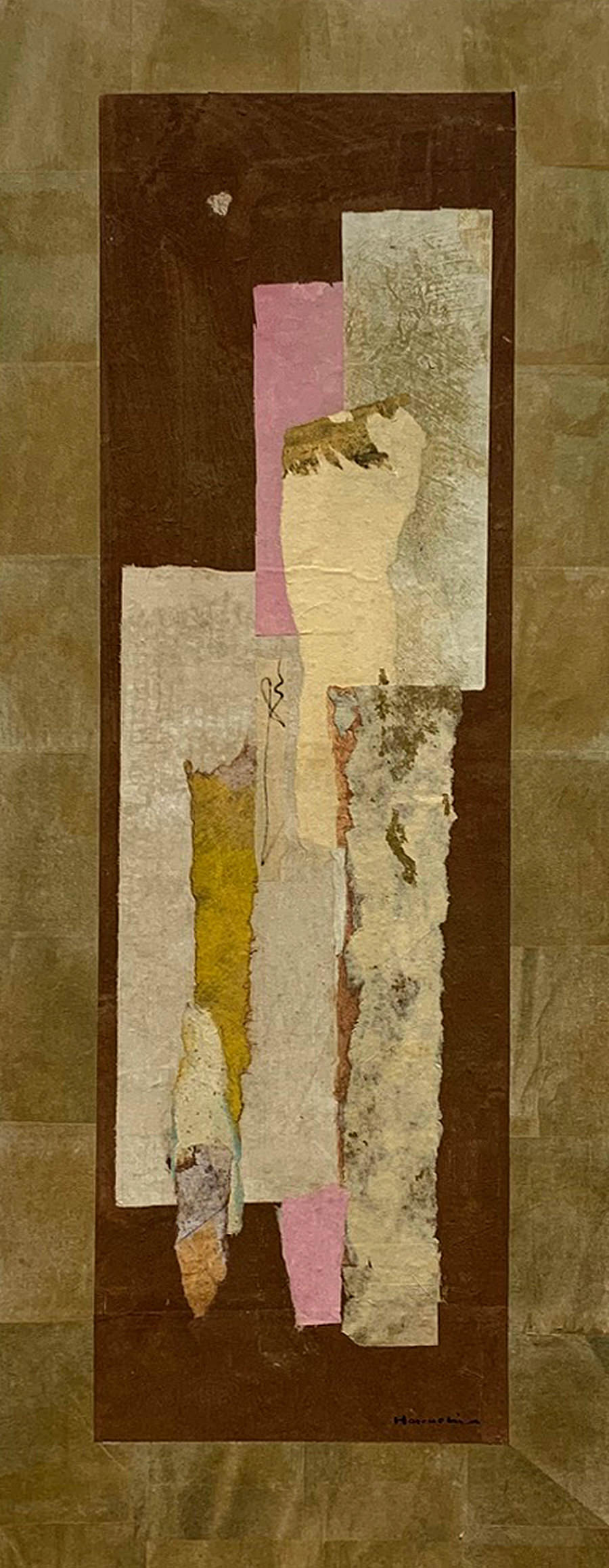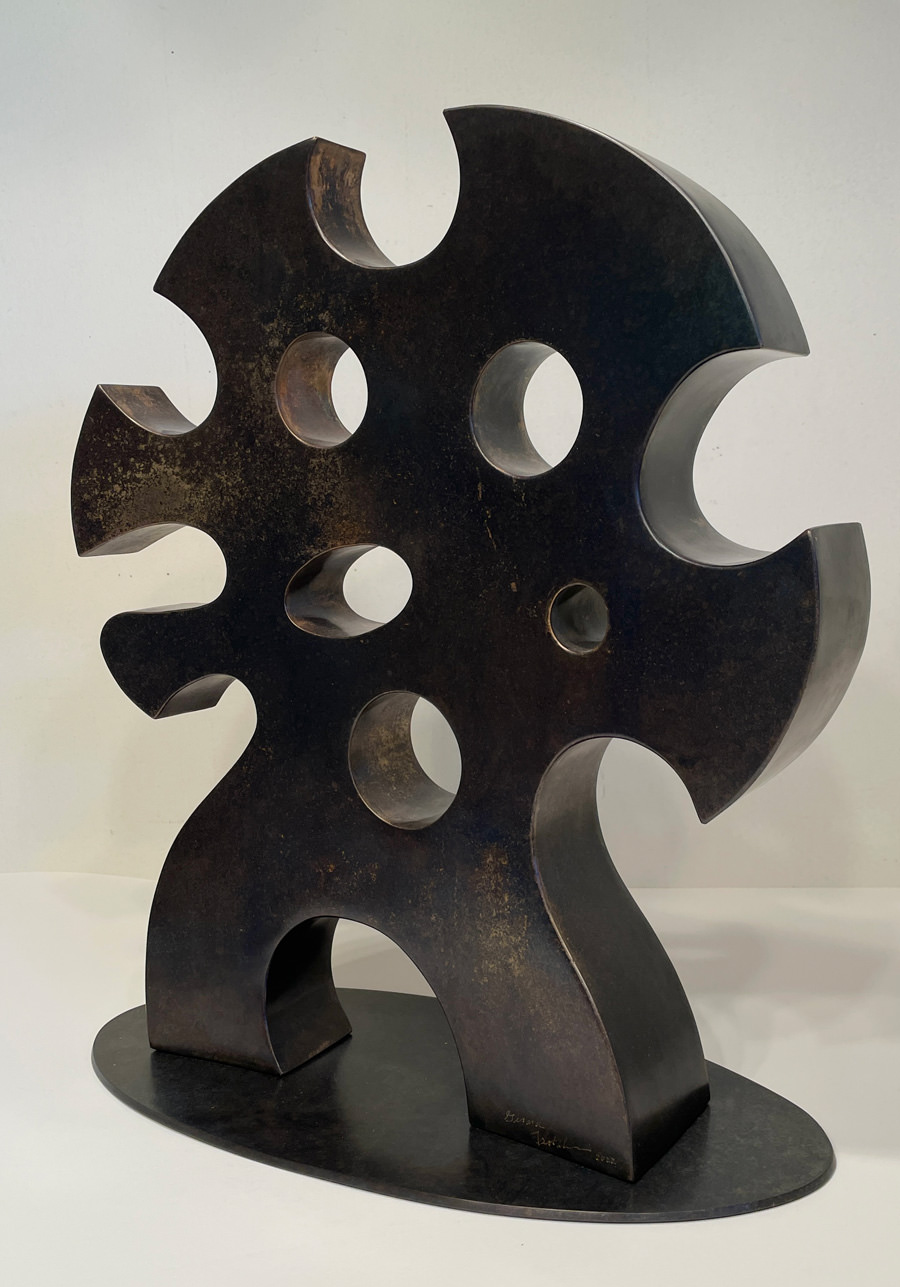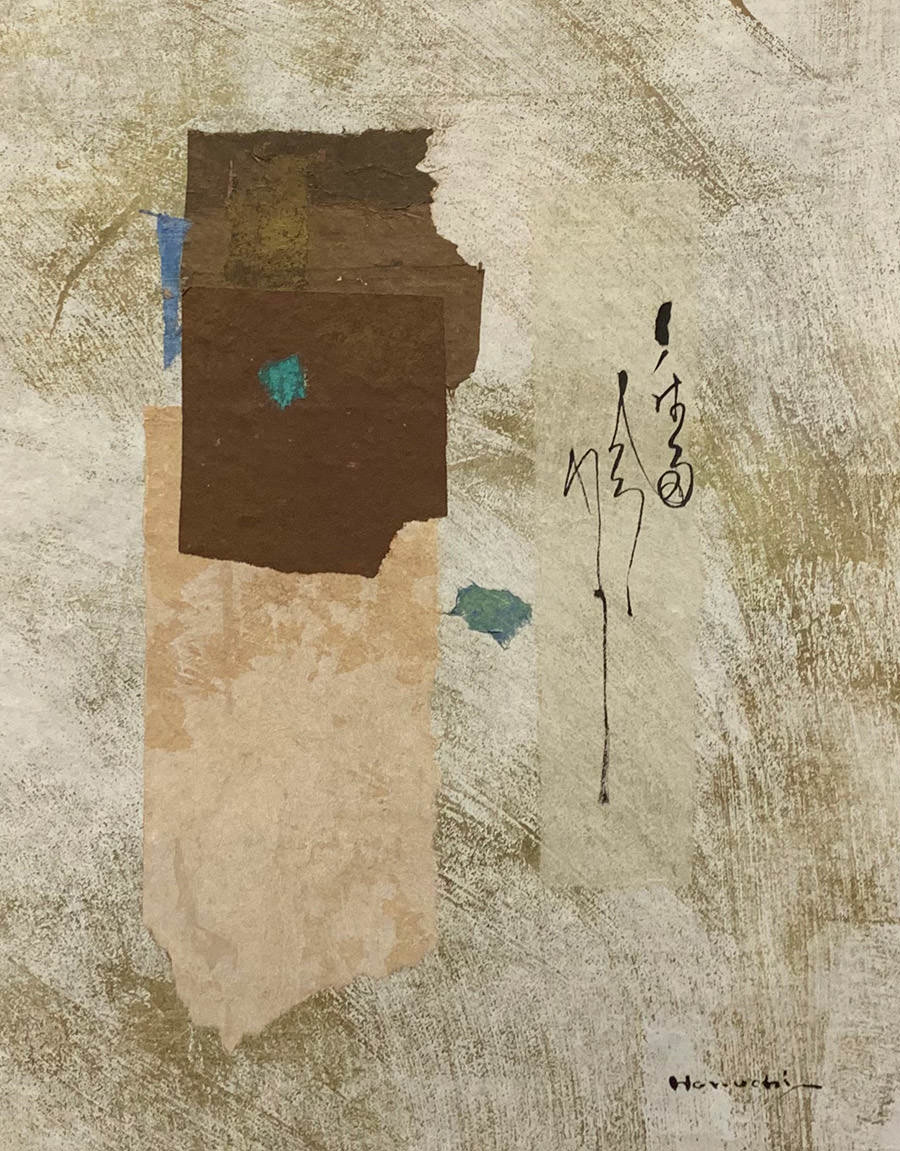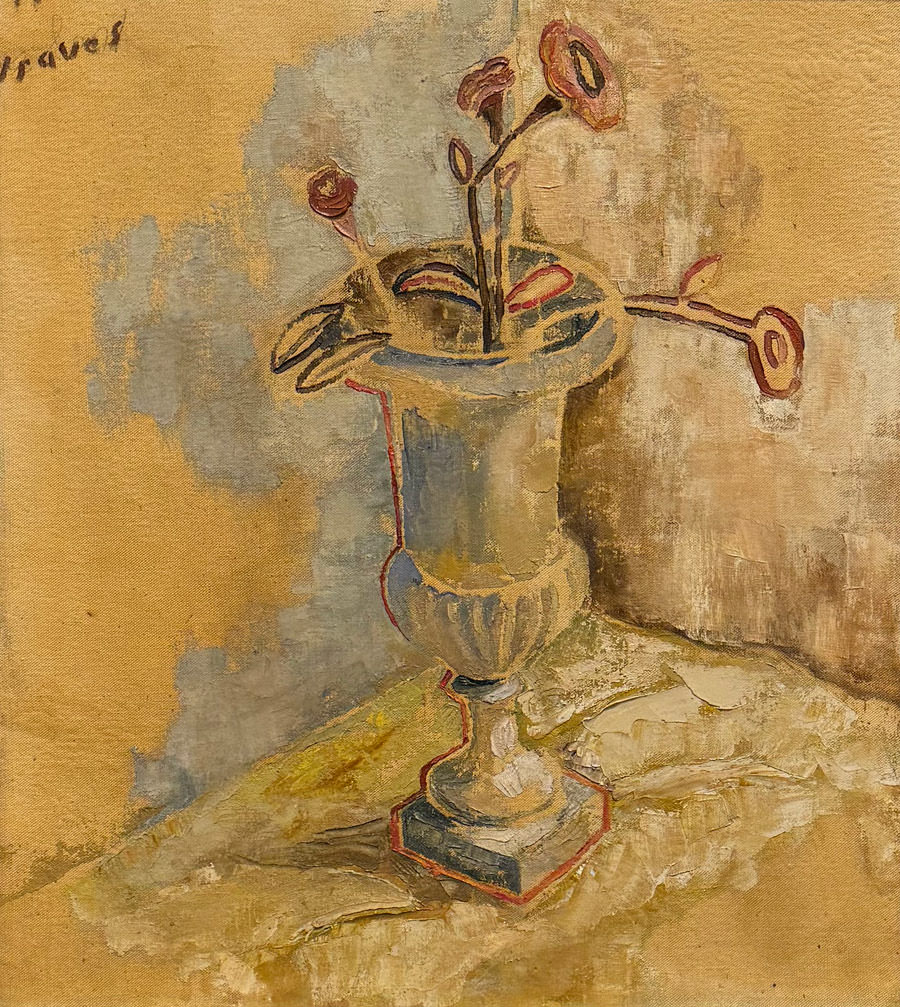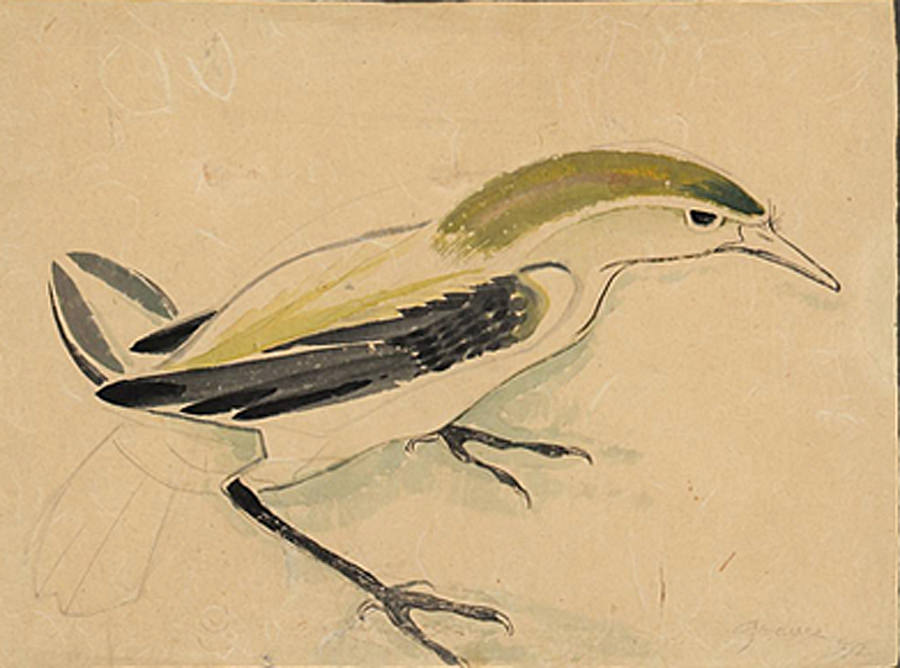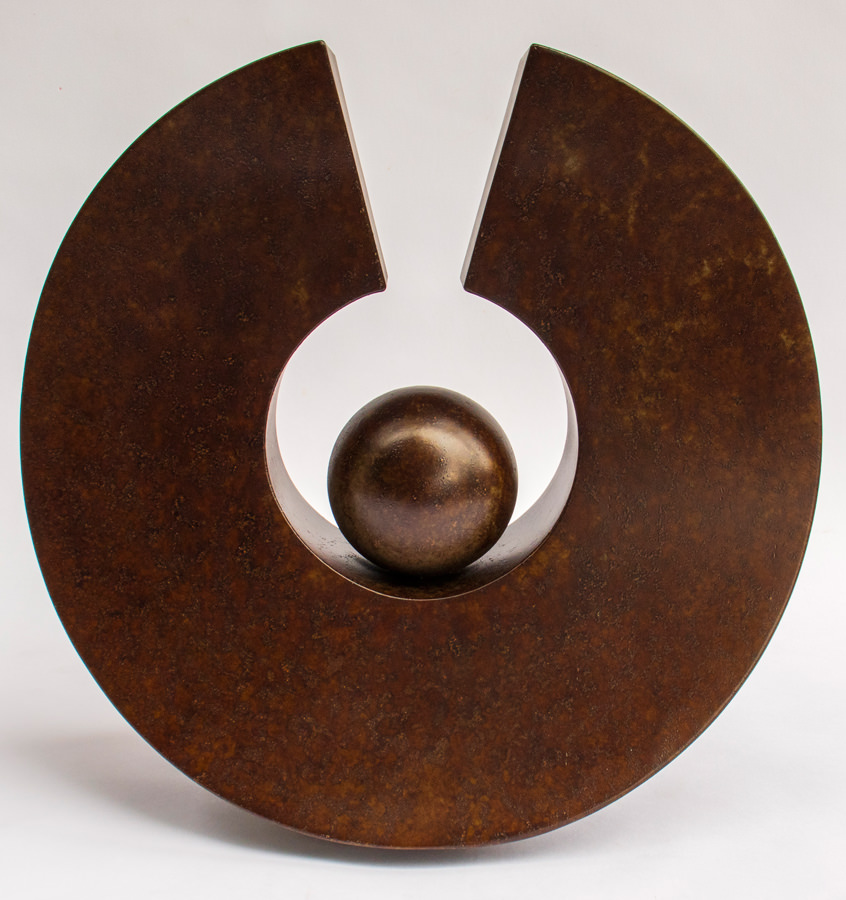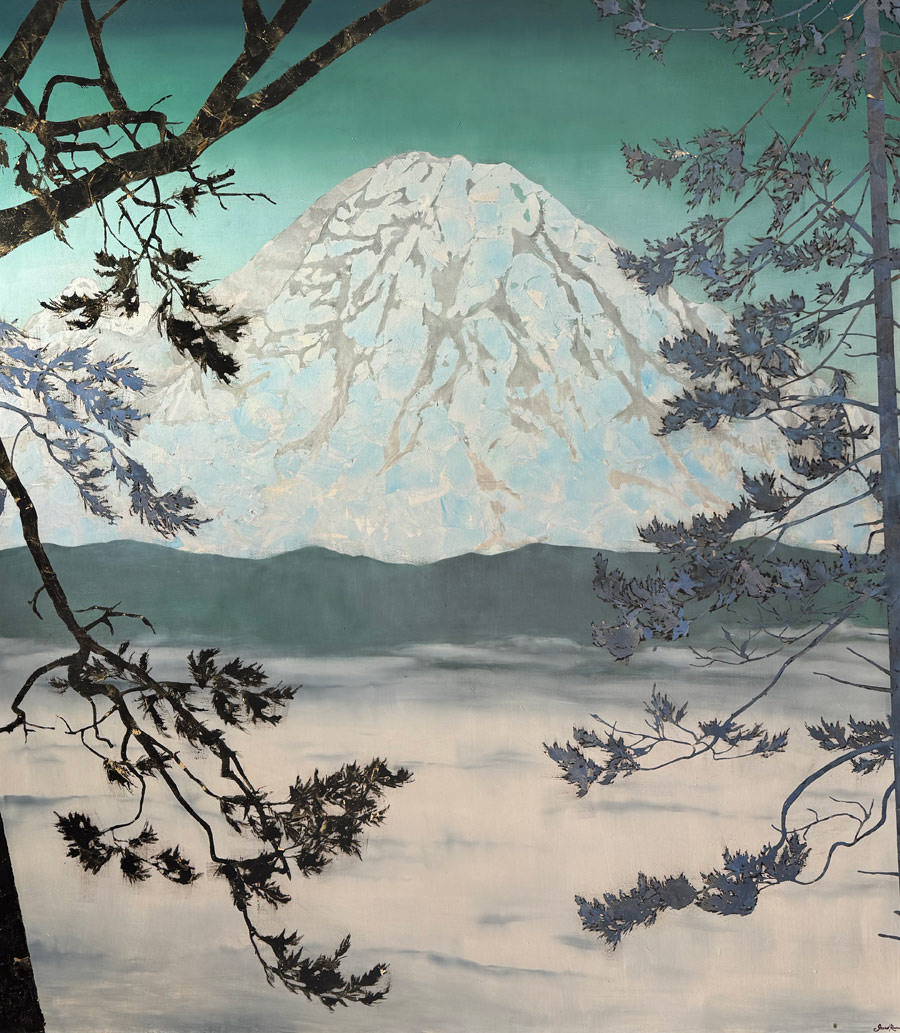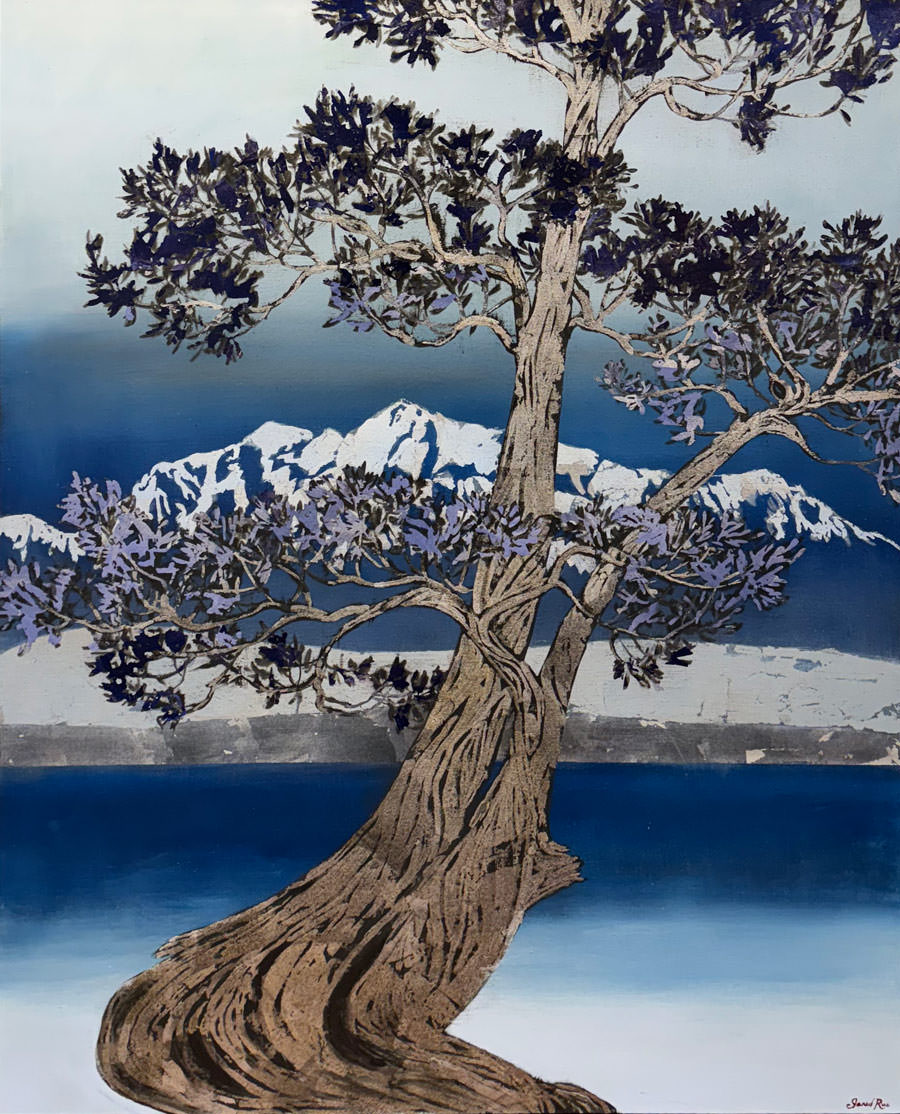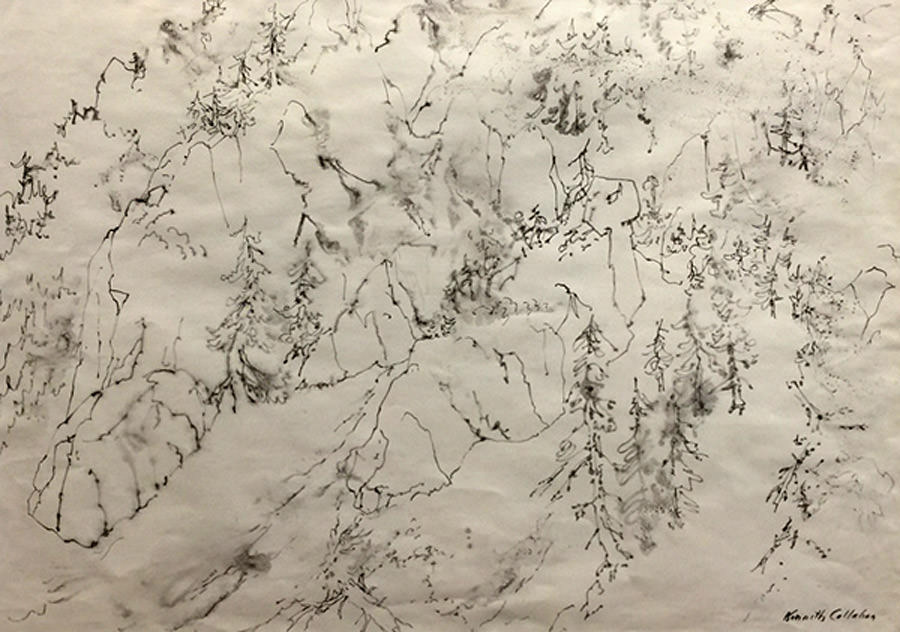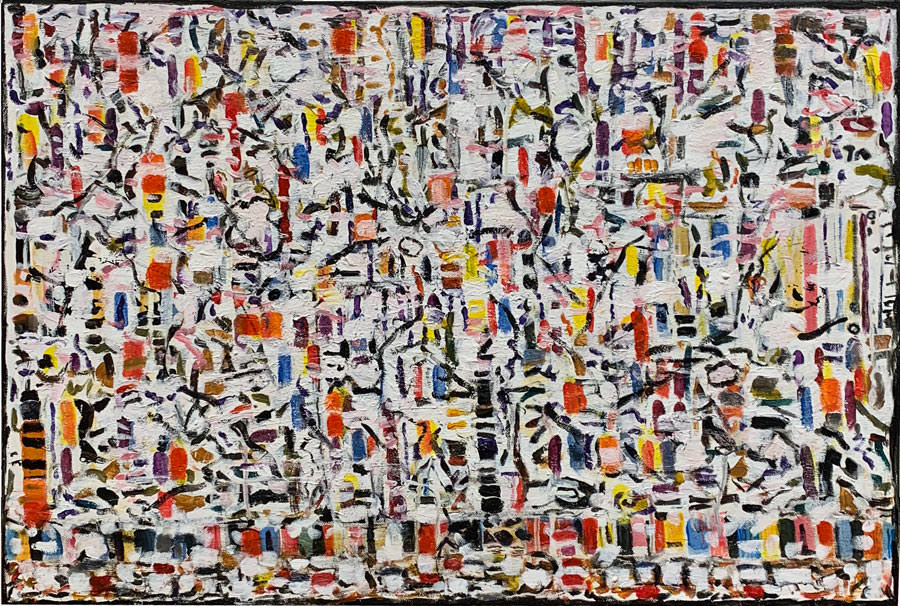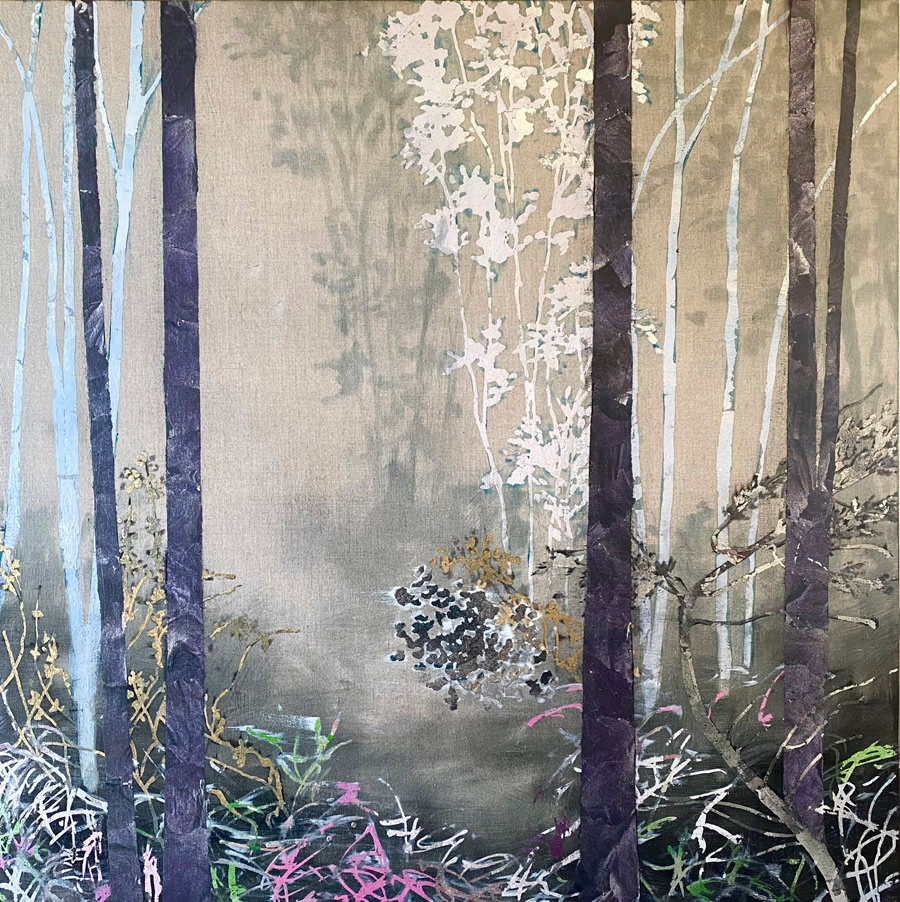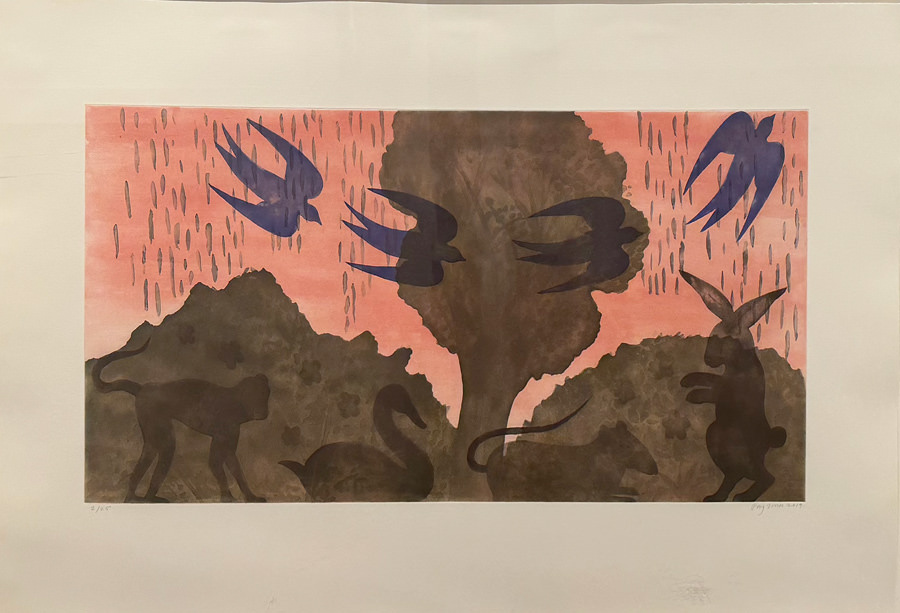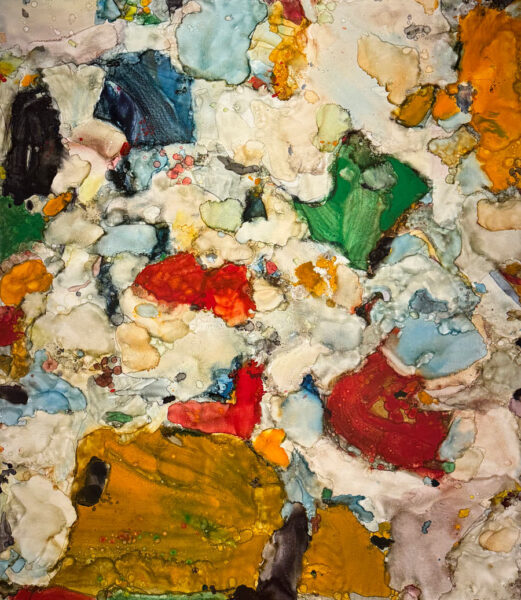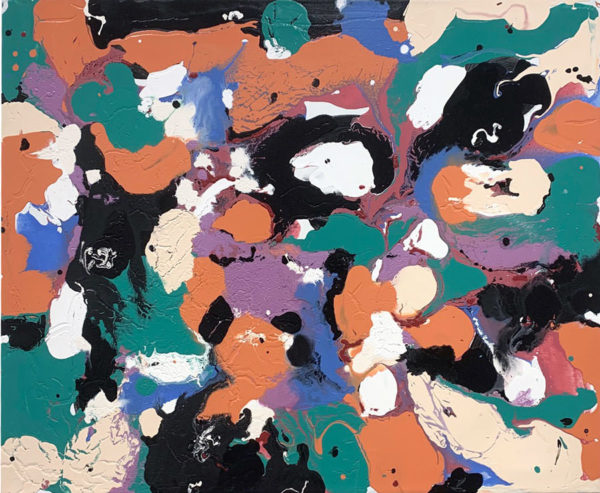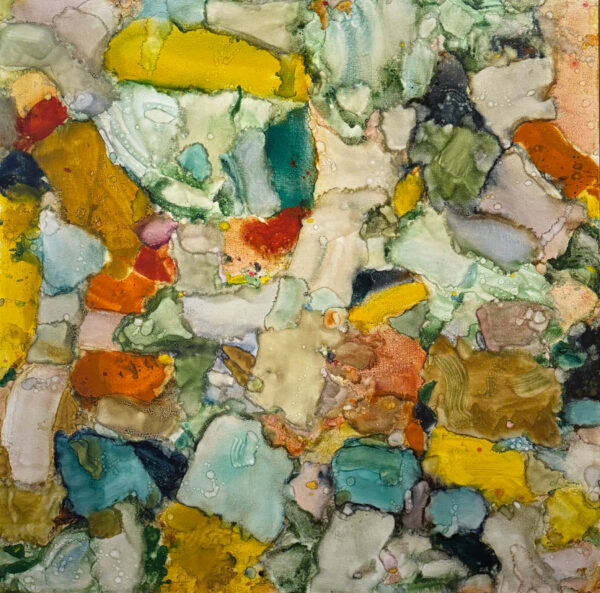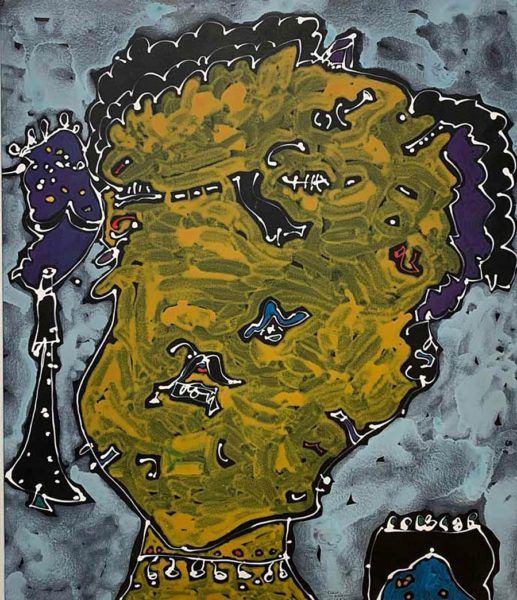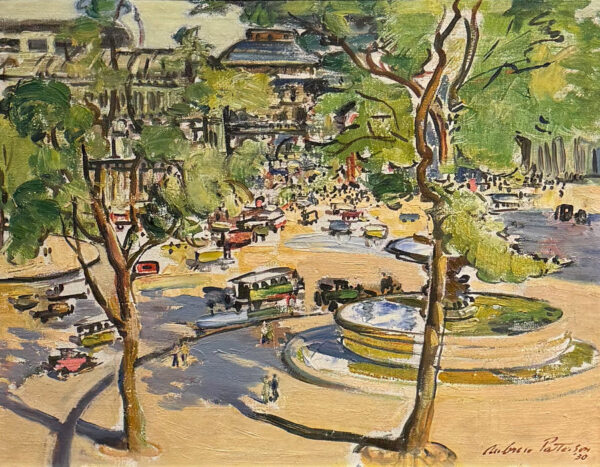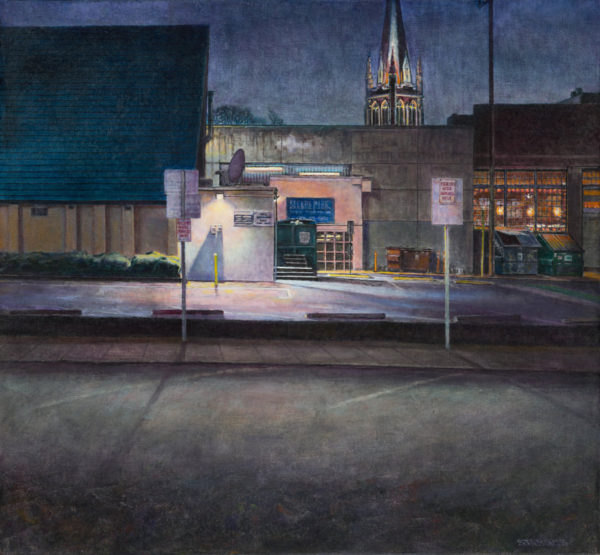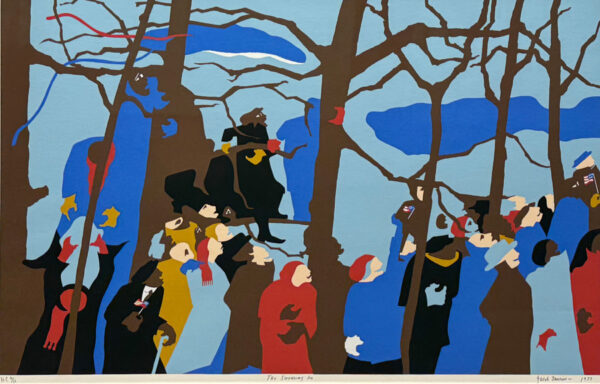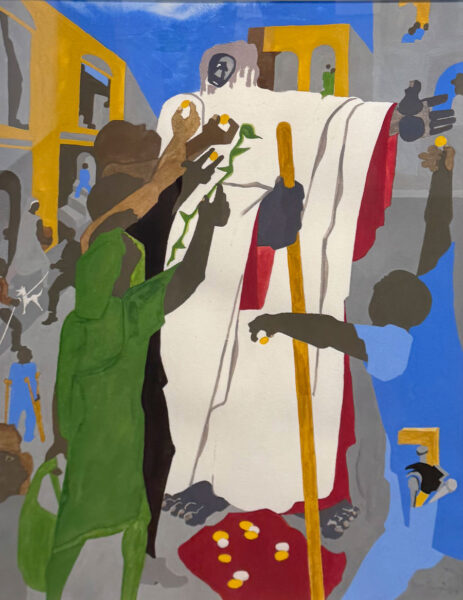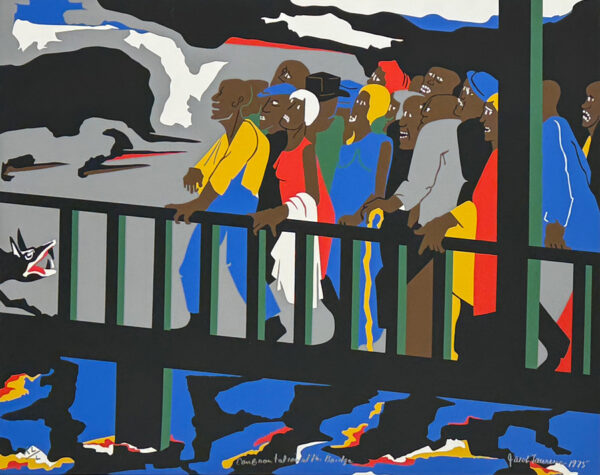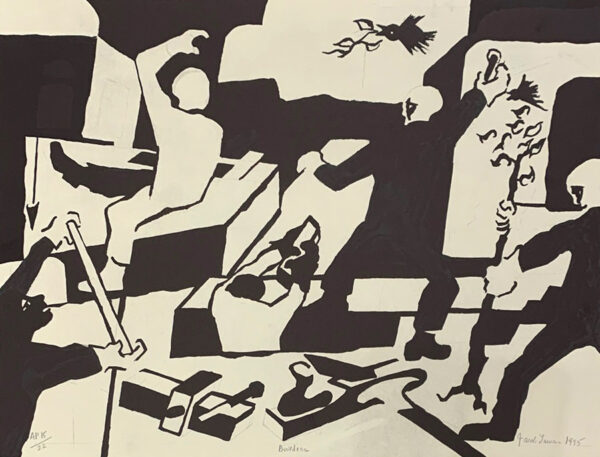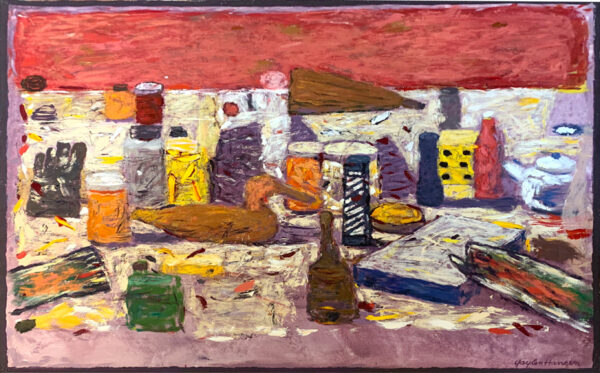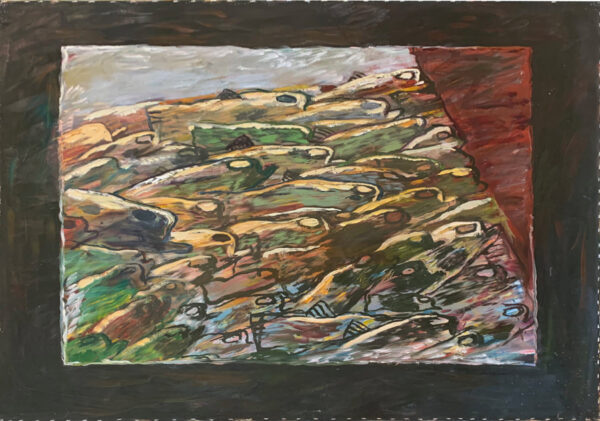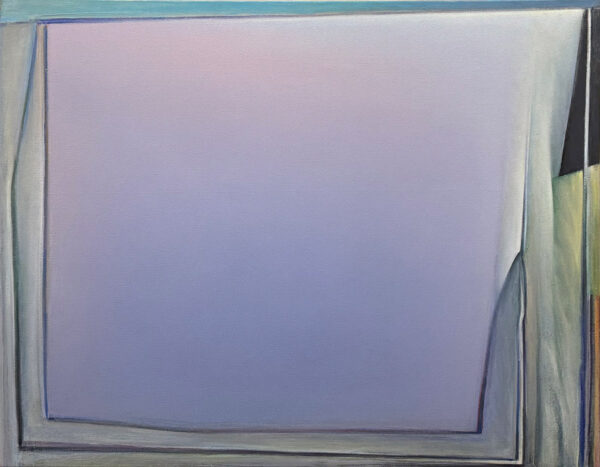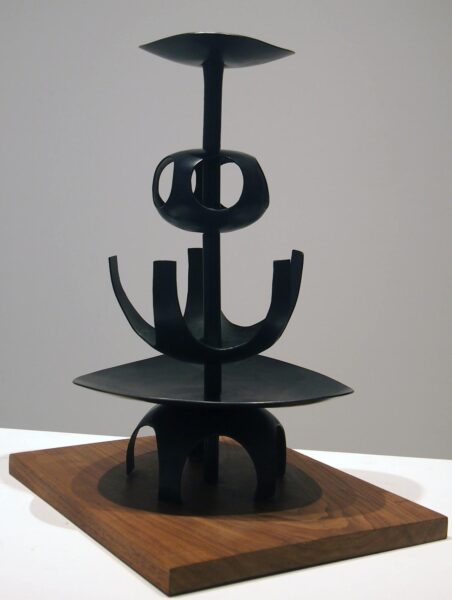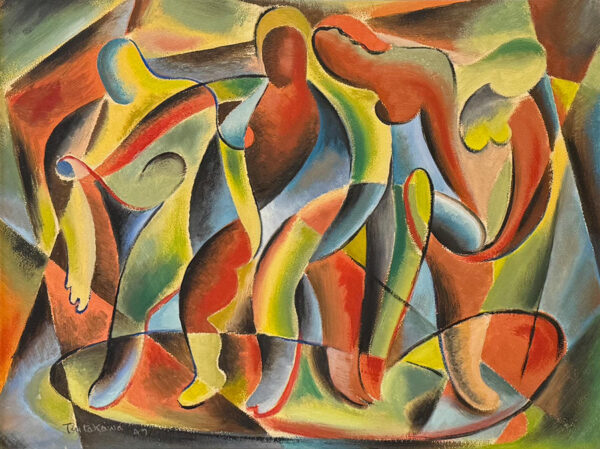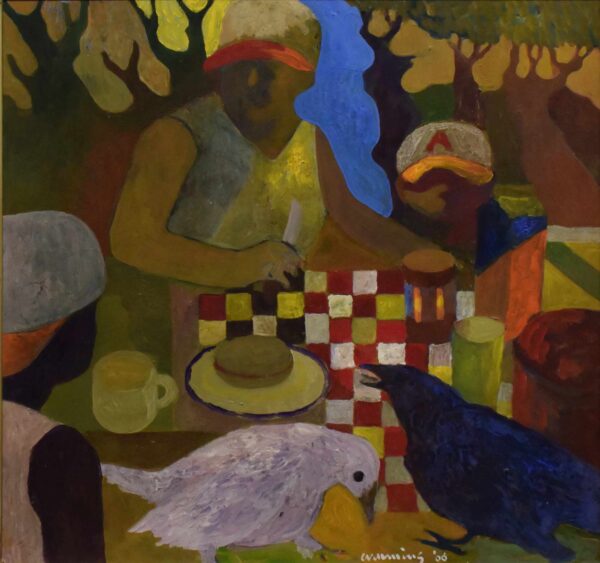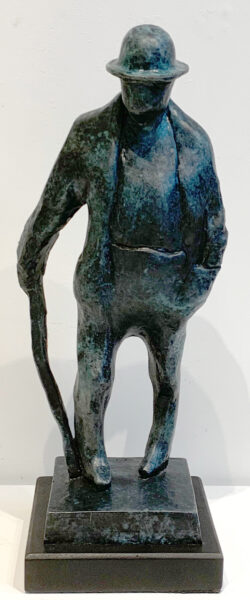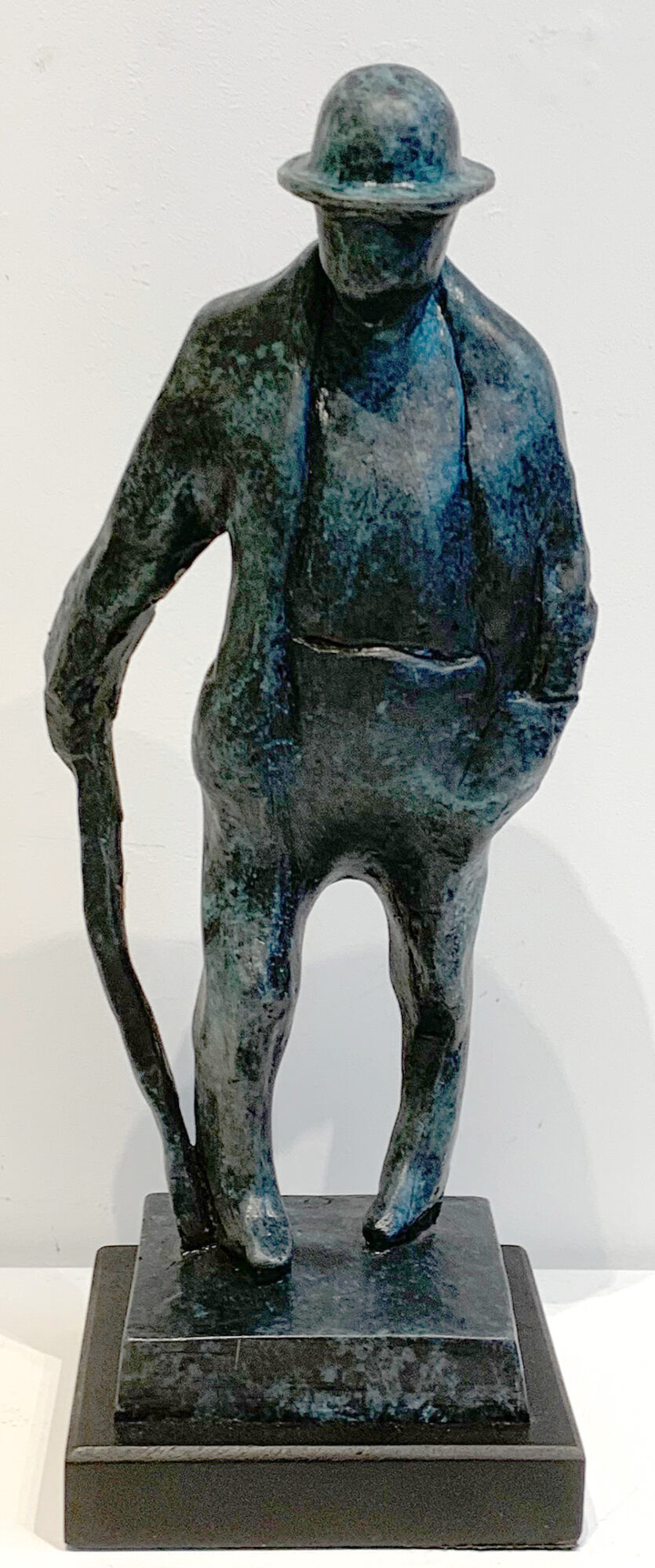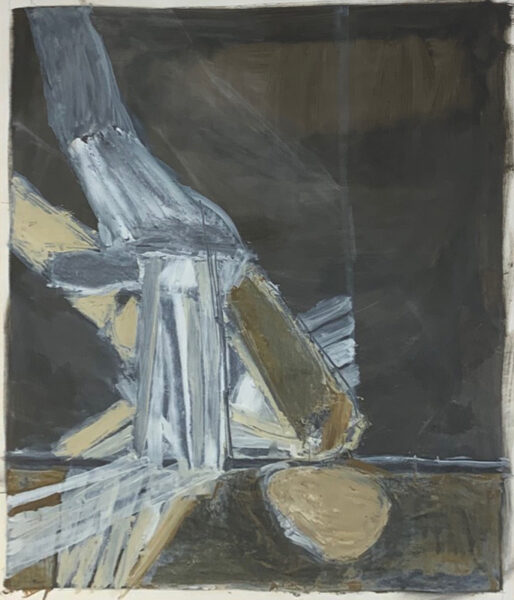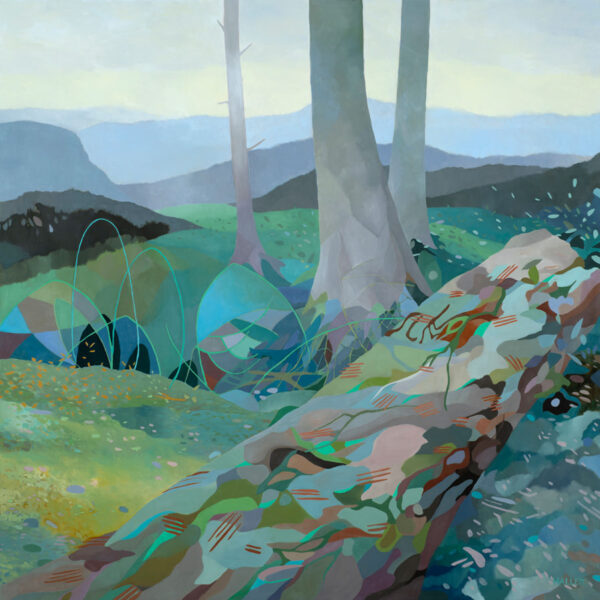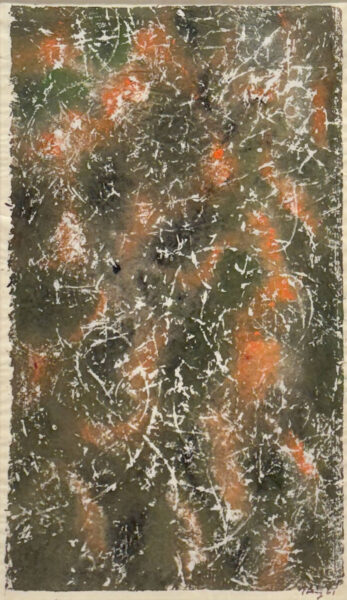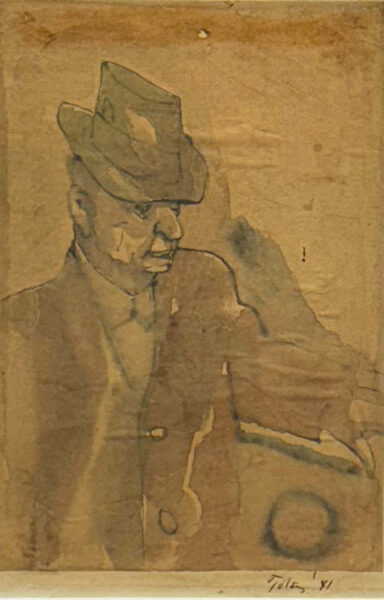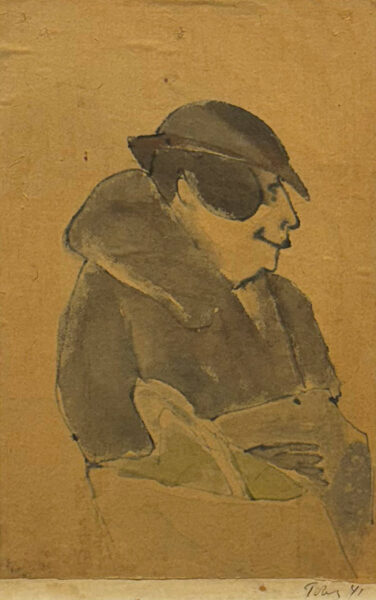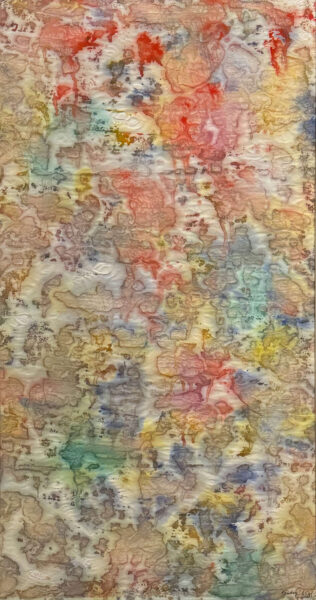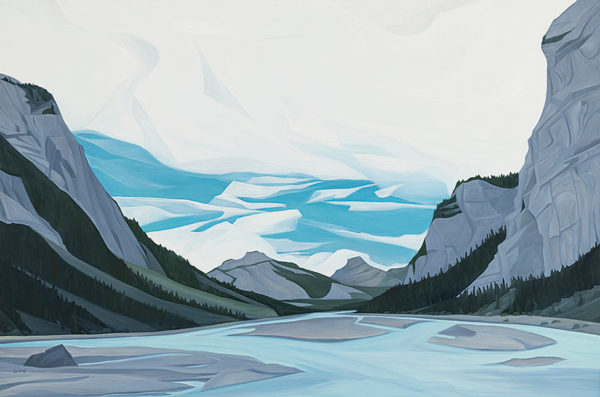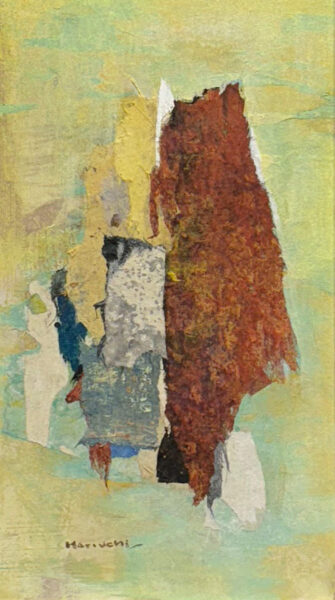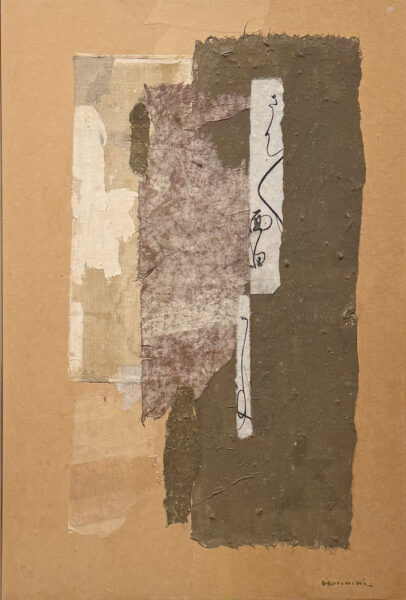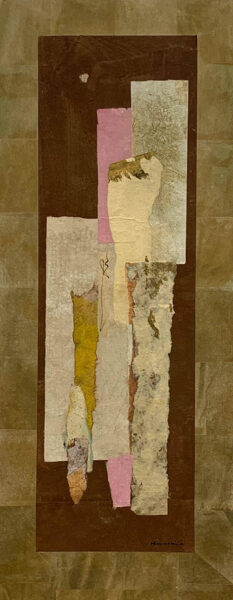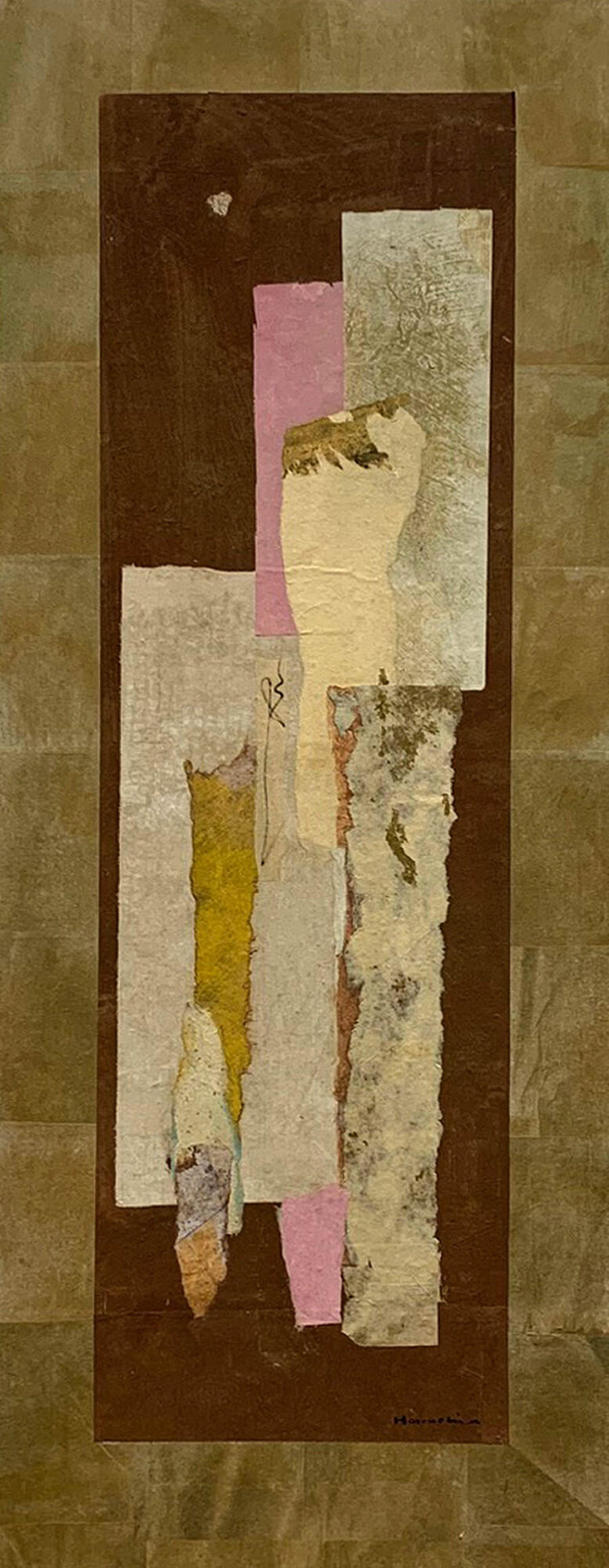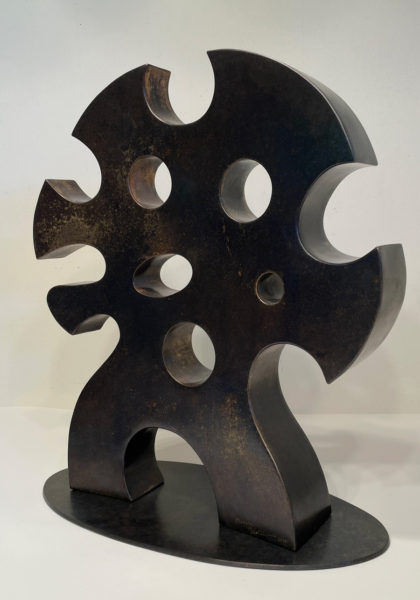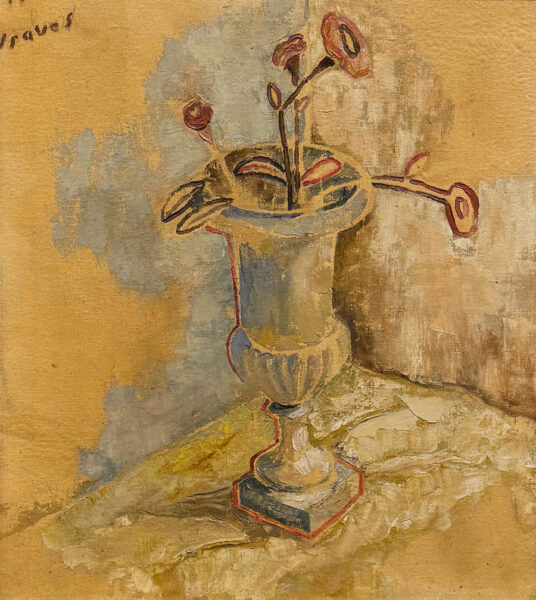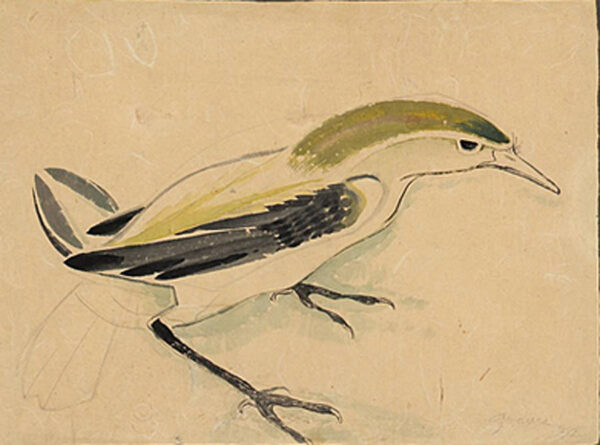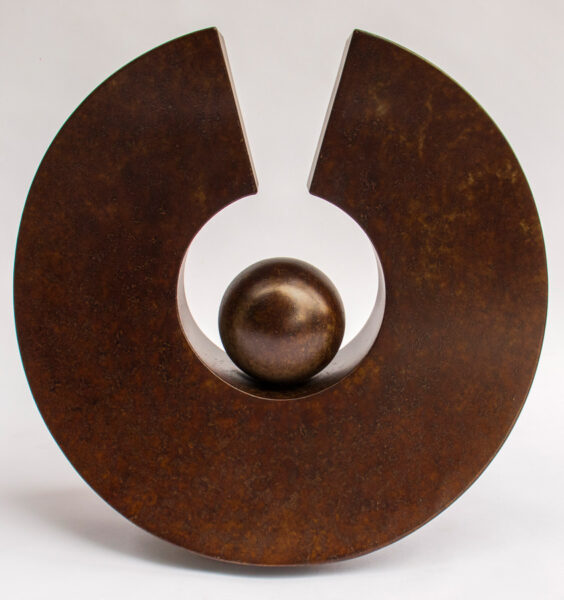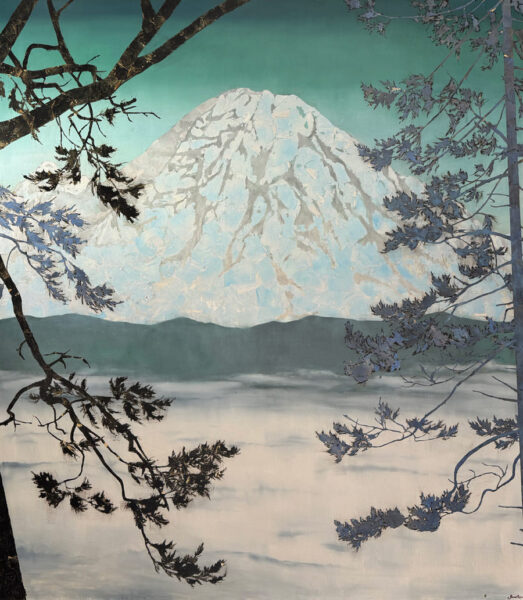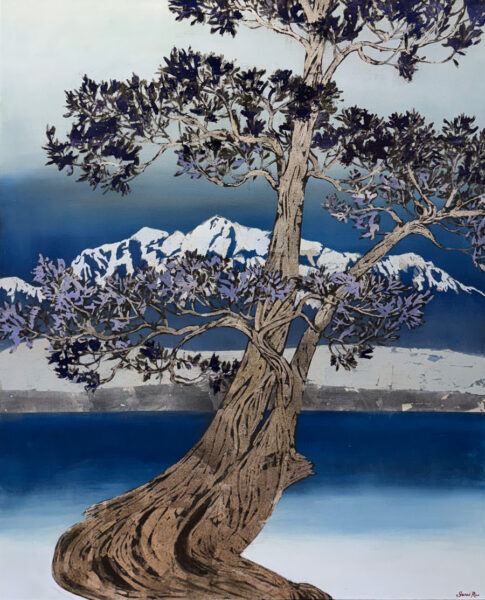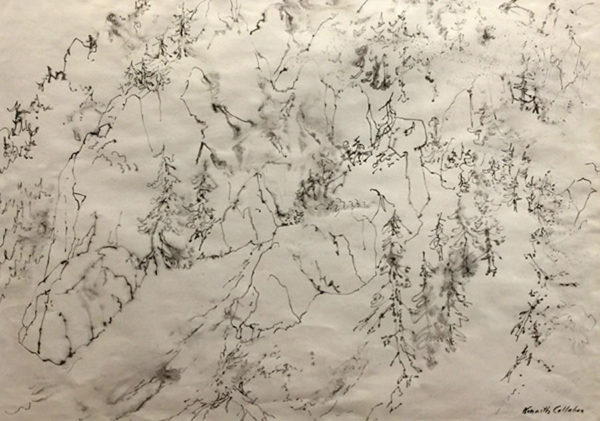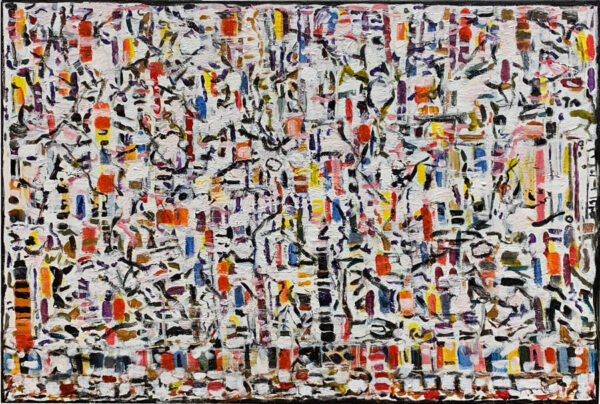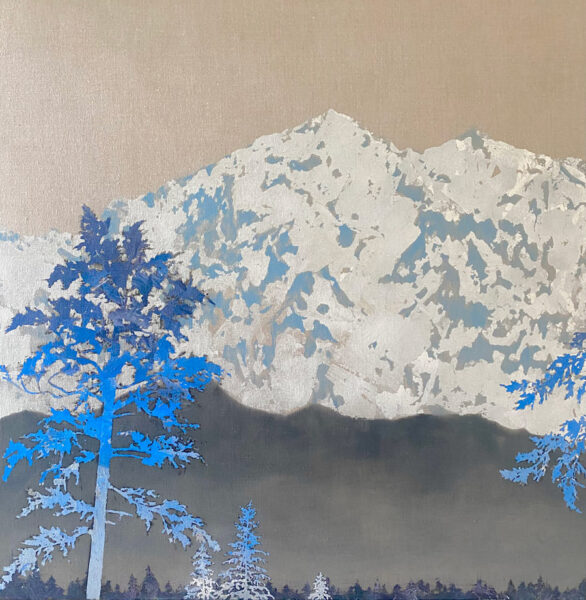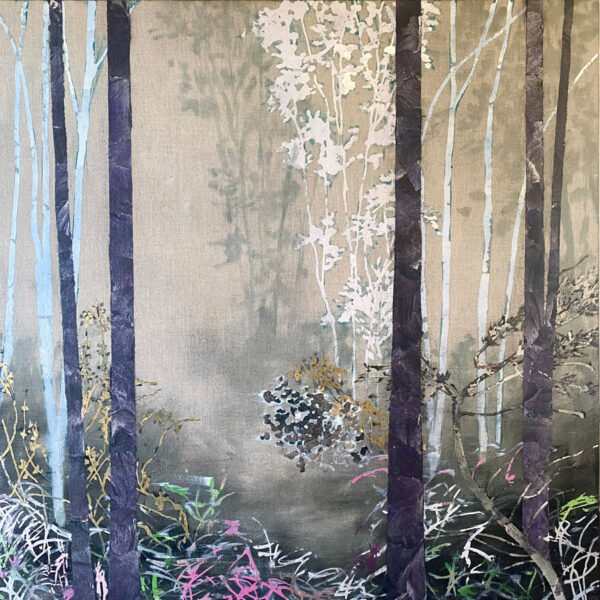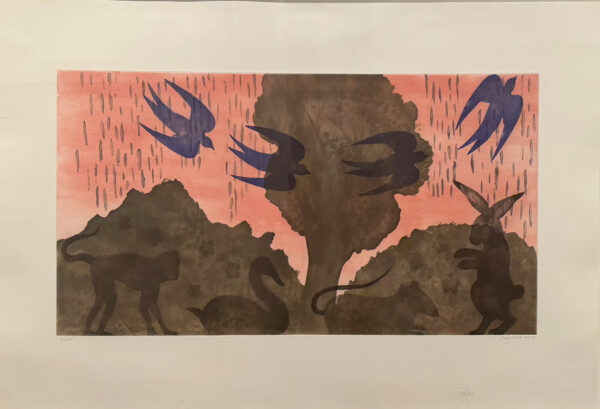About the Exhibition
Reception
Thursday, June 12, 2025, 5:30 - 8pm
Showing
June 4, 2025 - July 31, 2025
Visit Us
While curating this year’s summer exhibition, I had a eureka moment, a realization that the artworks I had instinctively selected for the main gallery were not only major examples of Northwest art, but also the creations of some of the most influential artist-educators in our region’s history. Each artist represented in this show made profound contributions not just through their studio work, but also in the classroom, mentoring generations of artists who would go on to shape the cultural landscape of the Pacific Northwest and beyond.
This exhibition, “Legacy in Practice”, honors that dual legacy, of making and teaching, that defines so much of the art history of this region.
Included are artworks by:
Gaylen Hansen, whose vividly surreal depictions of the Palouse landscape reflect both a personal mythology and his decades teaching at Washington State University, where he was a beloved and unconventional mentor. Gaylen retired as a teacher and has moved from the Eastern Washington to his beloved Whidbey Island, where he continues to create some of the most original and evocative art at 103 years old. His artwork is collected and cherished by both private collectors and major museums throughout the United States.
Alden Mason (1919–2013) was a beloved and influential American painter from Washington state, widely recognized for his bold, colorful artwork and his lasting legacy as a teacher. A central figure in Pacific Northwest art, Mason’s career spanned over six decades and several distinct stylistic periods, each marked by exuberance, experimentation, and a deep connection to nature. Mason is perhaps best known for his “Burpee Garden” series of the 1970s, named after the seed catalogues he pored over as a child. These large-scale, organic abstractions burst with vibrant color and fluid, biomorphic forms, earning him national attention. He later developed his “Squeeze Bottle” paintings, using commercial paint bottles to apply intricate patterns with remarkable freedom and energy. His early artwork included moody, atmospheric landscapes rooted in the Northwest tradition, but Mason evolved into a distinctly personal, joyfully abstract style that drew from global influences, tribal art, folk forms, and his travels to Central America and Southeast Asia. Mason taught painting at the University of Washington for over 30 years (from 1949 until his retirement in the 1980s), where he mentored generations of artists, including Chuck Close, Roger Shimomura, and Gene Gentry McMahon. He was a generous and unorthodox teacher who encouraged fearless exploration and personal expression over academic convention. Students and colleagues often described him as playful, passionate, and deeply human, qualities reflected in both his art and his teaching. His impact continues to resonate in the region’s art scene. Alden Mason’s greatest legacy lies in the vitality of his paintings and the lives he shaped, an artist whose work celebrated life’s color and chaos, and a teacher who inspired others to do the same.
Michael Dailey (1938–2009) was a prominent painter and educator known for his luminous, color-saturated abstractions inspired by the light and atmosphere of the Pacific Northwest. A longtime professor at the University of Washington, Dailey taught painting and drawing from 1963 to 1998, shaping generations of artists with his thoughtful, disciplined approach. His work—poetic, contemplative, and rooted in color and space—has been featured in major collections, including the Museum of Modern Art and the Seattle Art Museum. Dailey remains a vital figure in the region’s modernist legacy.
Jacob Lawrence (1917–2000) was one of the most important American painters of the 20th century, known for his bold, modernist style and powerful narrative series that chronicled African American history and life. Raised in Harlem during the Harlem Renaissance, Lawrence trained at the Harlem Art Workshop and later taught at institutions including Pratt Institute in New York. His breakthrough came in 1941 with The Migration Series, a 60-panel visual narrative depicting the Great Migration of African Americans from the rural South to the urban North. This body of work, celebrated for its clarity, color, and emotional force, established Lawrence as a major voice in American art. In 1971, Lawrence and his wife, artist Gwendolyn Knight, moved to Seattle, where he became a professor at the University of Washington, teaching painting and mentoring young artists until his retirement in 1986. His storytelling evolved over time, expanding from historical chronicles to include allegorical and abstract themes—always rooted in human dignity, struggle, and perseverance. Lawrence’s work is held in major collections nationwide, including the Museum of Modern Art, the Whitney, and the Smithsonian. His legacy endures not only through his art, but through his profound influence as a teacher, community leader, and chronicler of the Black American experience.
William Cumming (1917–2010) was one of the Pacific Northwest’s most distinctive and influential artists—known as much for his bold, expressive style as for his sharp intellect and irreverent personality. Often associated with the Northwest School, Cumming stood apart from his contemporaries like Mark Tobey and Morris Graves by embracing vibrant color, figurative subjects, and a dynamic, painterly approach. Cumming painted scenes of daily life—figures in motion, animals, quiet moments of human interaction—with loose, gestural brushwork and saturated hues. He believed facial detail was secondary to posture and movement, saying, “You can tell more about a person by how they stand or move than you can from their face.” His paintings radiate spontaneity, yet they are underpinned by deep observational skill. As a teacher, particularly at Cornish College of the Arts in Seattle, Cumming was both demanding and inspiring. He encouraged students to unlearn self-doubt and reconnect with their natural creativity. His teaching style was famously blunt, laced with humor and passion, and he left a lasting imprint on generations of Northwest artists. A fiercely independent thinker and a complex personality, Cumming was also a gifted writer. His memoir, Sketchbook: A Memoir of the 1930s and the Northwest School, offers candid insights into the regional art movement and his bohemian early years. Through both his work and his voice, William Cumming helped shape the character of 20th-century art in the Pacific Northwest.
Michael Stasinos is a Seattle-based artist celebrated for his meticulously rendered urban landscapes that capture the evolving essence of city life. His paintings often created “en plein air” over extended periods, depict scenes from Seattle and other cities, portraying the subtle transformations of light, architecture, and human activity. Stasinos describes his approach as viewing every landscape as a portrait, aiming to convey the personality and narrative of each location. In addition to his artistic practice, Stasinos has been a dedicated educator. He served as Professor of Art & Design at Pacific Lutheran University from 2003 to 2022, where he taught courses in painting and drawing.
George Tsutakawa (1910–1997) was a celebrated American artist and educator, renowned for his sculptural fountains that harmoniously blend Eastern and Western aesthetics. Born in Seattle to Japanese immigrant parents, he spent his formative years in Japan, immersing himself in traditional arts such as calligraphy, sumi-e painting, and the tea ceremony. This bicultural upbringing profoundly influenced his artistic vision. After returning to Seattle at age 17, Tsutakawa pursued art studies at Broadway High School and later at the University of Washington, where he earned both his BFA and MFA degrees. He began teaching at the University in 1947, serving as a professor in the School of Art and the School of Architecture until his retirement in 1976. Through-out his teaching career, he mentored numerous students, leaving a lasting impact on the Pacific Northwest art community. Tsutakawa’s artistic oeuvre encompasses painting, printmaking, and sculpture, but he is perhaps best known for his public fountains. His first major fountain, the “Fountain of Wisdom,” was installed in 1960 at the Seattle Public Library. Inspired by “obos”—stone cairns used by Himalayan travelers. Over his lifetime, he created more than 75 fountains installed across the United States, Canada, and Japan.
Michael Spafford (1935–2022) was a renowned American painter and printmaker based in Seattle, celebrated for his bold, abstract interpretations of Greco-Roman mythology. His work often explored themes of heroism, struggle, and transformation, rendered in stark, graphic forms. As a professor at the University of Washington from 1963 to 1994, Spafford profoundly influenced generations of artists.
Ambrose Patterson (1877–1966) was a pioneering artist and educator who played a foundational role in the development of the visual arts in the Pacific Northwest. Born in Australia, Patterson studied in Paris at the prestigious Académie Julian and École des Beaux-Arts, where he was influenced by Impressionism and Post-Impressionism. He exhibited at the Paris Salons and worked alongside important figures of the time, including Henri Matisse and Pierre Bonnard. Patterson came to Seattle in 1918 and was soon invited to start the School of Painting and Design at the University of Washington. Under his leadership, the University’s art program was formally established in 1920, laying the groundwork for what would become one of the most respected art departments on the West Coast. He directed the program for over two decades, nurturing a generation of Northwest artists and helping to professionalize art education in the region. As a painter, Patterson is best known for his luminous landscapes, coastal scenes, and floral still-life paintings. His style, though rooted in European training, evolved with a Northwest sensibility—marked by sensitivity to light and atmosphere. His work was widely exhibited during his lifetime and remains in the collections of major museums throughout the United States, Europe, and Australia.
Viola Patterson (1898–1984) was a distinguished painter and educator who made significant contributions to the Pacific Northwest’s art scene. After earning her BFA from the University of Washington in 1925, she furthered her studies in Paris, immersing herself in various modernist movements. In 1922, she married Ambrose Patterson, a fellow artist and professor at the University of Washington. Viola began teaching art at the University of Washington in 1947, continuing until 1966. She was known for her dedication to teaching and her ability to inspire students through her refined artistic sensibilities. Her legacy endures through her artworks and the lasting impact she had on her students and the broader art community.
Robert C. Jones (1930-2018) attended RISD in the 1950’s (BFA, MS) and studied under the abstract expressionist Hans Hoffman during the summer of 1952. It was at this point in his career when his focus shifted from realism to abstraction. After receiving his BFA from RISD, Jones served in the army from 1953-56. Returning to Providence RI, Jones finished up his graduate work, married fellow artist, Fay Jones, and started a family. In 1960 Bob was offered a teaching position at the University of Washington School of Art, where he continued to teach for 35 years. He continued his daily studio practice in Seattle throughout his 88 years of life.

